If you’ve ever wondered how to care for a rabbit, this is the deep dive you’ve been looking for. Whether you’re brand new to rabbit guardianship or have cared for bunnies for years, understanding what truly makes them happy and healthy goes far beyond filling a bowl with pellets and hoping for the best.

From creating the perfect home setup to navigating the challenges of grooming, diet, and health, every decision you make affects your rabbit’s well-being. And if you’re still weighing whether a rabbit is the right fit for your lifestyle, we’ll help you see the full picture—time, cost, and all. With the right care, a rabbit can be one of the most rewarding companions you’ll ever have. But they’re not low-maintenance pets—and this guide is here to help you get it right.
This comprehensive guide pulls together everything you need to know, grounded in real-world experience and trusted care practices. We’ll cover the daily basics, the long-term planning, and the often-overlooked details that help your rabbit thrive at every life stage.
Getting to Know Your Rabbit’s Needs
Think of your rabbit less like a pet you decorate a home with—and more like a small roommate with very strong opinions. Understanding how to care for a rabbit means first stepping into their paws. They aren’t dogs. They’re not cats. And they’re definitely not goldfish. They have their own way of living, communicating, and surviving—and if you can learn how they see the world, you’ll be better prepared to meet their daily needs.

They’re Prey Animals—So Everything Starts With Safety
Rabbits are wired for survival. That’s why they’re alert, sensitive to sound, and always aware of their surroundings. They’re built to run, hide, and freeze when they sense danger. If your rabbit feels unsafe, they won’t tell you with sound—they’ll show it with silence, retreat, or unusual stillness.
That’s why a secure, quiet environment is more than a preference—it’s a necessity. Loud TVs, busy hallways, constant foot traffic, or barking dogs can create ongoing stress. Even something like being picked up too often or without warning can damage your bond and erode their sense of safety. If your rabbit doesn't trust the space—or you—they won't eat properly, explore their surroundings, or engage in play.
They Need Room to Move
Rabbits are built to move. In the wild, they cover lots of ground while foraging, exploring, and dodging predators. Even pet rabbits, with their fluffy exteriors, are little athletes. If you’ve only seen them flop on their side or loaf under a chair, it’s easy to think they’re lazy—but that’s only part of the story. Give them the right space, and they’ll sprint, hop, and jump with joy.
That doesn’t happen in a cage. A rabbit confined to a small enclosure will quickly become bored, anxious, and even physically unwell. They need daily exercise outside their main pen—and not just to stretch. They need a purpose to move: tunnels to dart through, boxes to dig in, and toys that make them think. You can get great inspiration for creating a rabbit-friendly setup from our rabbit cage ideas blog, especially if you're short on space but still want to do it right.
They’re Not Just Clean—They’re Obsessive
Rabbits don’t just like to be clean—they need to be. In fact, rabbits groom themselves almost as much as cats. A dirty or cluttered environment stresses them out and increases their risk of illness. That means keeping up with their litter box, replacing hay daily, and giving them a dry, tidy area to relax in.
Letting their cage get too dirty, skipping litter box changes, or using the wrong bedding can all impact their mood and their health. If you're unsure how to set up or maintain a litter box, our guide on litter box training walks you through the whole process step-by-step.
They Communicate, Just Not With Words
You won’t get a meow when your rabbit is hungry, or a whine when they want attention. But rabbits still communicate—constantly. They just use body language to do it. A thump of the foot, a nudge of the nose, or a sudden freeze in posture all mean something. Your job is to learn what those things are telling you.
- Nose boops: A request for attention, a greeting, or sometimes a warning.
- Lying stretched out with legs behind: Total relaxation.
- Hunched posture, not eating: This is serious. Call the vet.
- Zooming and binkies (those wild hops and kicks): That’s bunny joy.
When you tune into their cues, caring for your rabbit becomes less about checklist tasks and more about connection. You’ll start noticing when something’s off—before it becomes a big problem.
They Don’t Handle Change Very Well
Consistency is comfort for rabbits. Shifting their routine too often—whether it’s mealtimes, litter box location, or play area—can lead to stress. Rabbits are creatures of habit. So if you move their hutch, swap out their bedding, or suddenly switch food brands, expect some pushback.
Big changes like vacations or home moves require preparation. Rabbits can become withdrawn or even sick from the stress of travel or relocation. If you ever need to change environments, give your rabbit a little extra patience and check out our guide on how to prepare your rabbit for a move before you pack a single box.
They Need More Than Just Food and Shelter
When someone asks how to care for a rabbit, the first answers are usually “feed them hay” or “set up an enclosure” But those are just the beginning. They also need emotional security, room to express natural behaviors, and ongoing companionship, either from you or another bonded rabbit.
That means showing up every day. Not just to refill their food, but to check their behavior, clean their space, observe their eating habits, and offer some quiet company. It means keeping up with expenses, learning what they like and don’t like, and sticking to a rhythm that helps them feel safe. If you’re wondering what this looks like in day-to-day life, our blog on a typical day with your rabbit gives a good feel for the routine.
Time, Cost, and Responsibility
It’s not all about the setup. Taking care of a rabbit also means showing up consistently. Feeding twice daily, cleaning litter boxes, rotating enrichment, grooming, monitoring behavior—it adds up.
It also costs more than people expect. You’ll need to budget for quality hay, litter, toys, annual vet exams, and occasional emergencies. Want to see what real costs look like month to month? Our article on how much rabbit care costs gives a realistic breakdown.
If your schedule is full or your budget is tight, a rabbit might not be the right fit at the moment—and that’s okay. It’s better to wait until you can fully commit than to jump in unprepared.

What Your Rabbit Really Needs
Caring for a rabbit starts with seeing the world through their eyes. They need more than a bowl of food and a cozy spot to nap. They need space, structure, safety, and someone who understands how they work. Once you build trust and meet those basic needs, you’ll start to see their personalities unfold—curious, affectionate, and sometimes delightfully mischievous.
Now that you know what makes your rabbit feel secure and supported, let’s talk about where all of that happens: their home. Because how and where your rabbit lives will shape everything—from their behavior to their health.
Creating a Safe and Comfortable Home Setup
When you’re learning how to care for a rabbit, choosing and preparing their home comes right after understanding their basic needs. The environment you build will influence everything: their health, behavior, sense of security, and overall happiness. If you don’t get this part right, the rest of your rabbit care routine becomes much harder. In this section, we’ll walk through how to create a home that meets their needs—and yours.
Space, Size & Layout: More Room = More Freedom
One of the most common mistakes people make when figuring out how to care for a rabbit is underestimating how much room these little animals actually need. A hutch or cage is never enough on its own. Rabbits require both a safe shelter and a generous exercise area, even if they’re small breeds.
Rabbit Welfare Association & Fund states the minimum recommendation for space for two average-sized rabbits is a combined living and exercise space of 3 m × 2 m by 1 m high (about 10 ft × 6 ft × 3 ft). The RSPCA also emphasizes that rabbits should be able to hop, stretch, and stand upright without any restriction. For indoor cages, aim for at least double your rabbit’s full-stretch length in both width and height to give them enough room to live comfortably.
If you're looking for guidance on layout or materials, our post on rabbit cage ideas shares setups that work in both small and large spaces. Understanding how to care for a rabbit starts with making sure they have enough space to be themselves.
Indoor vs. Outdoor Housing: Pros, Cons & Best Practices
One of the first big decisions when figuring out how to care for a rabbit is choosing between indoor and outdoor housing. Most rabbit welfare experts—and we agree—recommend keeping your rabbit indoors. It allows for better monitoring, more interaction, and protection from outdoor threats. Indoor rabbits also tend to live longer and are easier to bond with.

If you do go the outdoor route, there are some serious safety and comfort concerns you’ll need to address. Outdoor enclosures must be predator-proof, properly ventilated, and insulated. Solid construction, locking latches, and covered runs are all non-negotiable. For more seasonal advice, read our blog on whether rabbits can stay outside in winter. Cold weather can be tough on rabbits if they don’t have the right shelter and bedding.
Flooring, Materials & Comfort
Another big part of learning how to care for a rabbit is understanding their relationship with flooring. Avoid wire-bottom cages altogether—they’re hard on your rabbit’s feet and can lead to sore hocks, a painful and easily preventable condition. Instead, choose solid flooring made of sealed wood, linoleum, or sturdy plastic that’s easy to clean.
Bedding options matter too. Good choices include paper-based pellets, recycled paper, or hay. Avoid cedar and pine shavings—they’re dusty and can irritate your rabbit’s respiratory system. Add fleece or soft mats in a few areas so your rabbit has cozy spots to rest. Clean, padded, and non-slip surfaces go a long way toward keeping your rabbit healthy and active.
Dividing the Space: Eat, Sleep, Poop
Rabbits thrive in structured spaces, and separating their sleeping, eating, and bathroom areas makes their home feel more natural—and keeps it cleaner. If you want to know how to care for a rabbit in a way that supports their instincts, this is one of the best places to start.
Set up a quiet sleeping area, like a box or tunnel, where your rabbit can hide or nap without interruption. For feeding, use a hay rack and pellet bowl, and make sure they always have fresh water. Rabbits naturally want to use the bathroom in a specific area, so it’s worth taking the time to set up a litter box. If you need help with that, our blog on litter box training breaks down the basics.
Ventilation, Light & Environmental Effects
Ventilation, light, and temperature control are essential if you’re serious about how to care for a rabbit the right way. Fresh airflow helps prevent moisture and ammonia buildup from urine, which can lead to health issues. But that air shouldn’t be cold and drafty—especially not in winter.
Indirect natural light is perfect for regulating your rabbit’s sleep cycle. Harsh, direct sunlight can overheat them fast, so position the enclosure thoughtfully. If your rabbit lives near a window, give them the option of shade at all times.
Climate plays a huge role in their comfort. In warmer areas, airflow and shade are top priorities. In colder months, focus on insulation and extra bedding. Seasonal changes are a great time to reassess your setup and make sure it still checks all the boxes for how to care for a rabbit effectively.
Security, Predator Protection & Escape Prevention
No matter where your rabbit lives, security should be part of your daily routine. Rabbits are prey animals by nature, and even indoor rabbits can be easily startled. Whether you're in a suburban home or a rural area, predators—or even just loud noises—can cause stress and trauma.
Use durable hardware, lockable doors, and strong mesh panels that won’t buckle under pressure. For outdoor setups, dig-proof mesh buried below the enclosure keeps predators out and your rabbit safely in. It’s also wise to create hiding spaces—tunnels, cardboard boxes, or wooden hideouts—so your rabbit always has a place to retreat if they feel nervous.
If you let your rabbit roam indoors, make sure the area is safe and enclosed. Baby gates, exercise pens, or a designated rabbit-proof room will give them freedom while still keeping them protected. When you're planning how to care for a rabbit, never underestimate their ability to escape—or the comfort they get from feeling secure.
Keeping It Clean: Daily & Weekly Maintenance
Even the best rabbit enclosure needs regular cleaning. Dirty environments can lead to respiratory issues, skin problems, or infections. The good news is, if you’re consistent, cleaning doesn’t have to be a big chore. It’s all part of understanding how to care for a rabbit in a way that supports their health long-term.
Daily tasks include removing soiled bedding, refreshing hay and water, and giving dishes a rinse. Once a week, swap out all the bedding, clean litter boxes, and disinfect surfaces with pet-safe cleaners. Look for any chewed corners or damaged spots and make repairs as needed.

A well-designed home is a huge part of how to care for a rabbit, but it’s only the beginning. Up next, we’ll cover what goes into feeding your rabbit well—from hay to greens to clean, fresh water. Because nutrition is just as important as shelter when it comes to raising a healthy, happy bunny.
Feeding Your Rabbit Right: Diet and Nutrition Basics
When it comes to understanding how to care for a rabbit, few things matter more than their diet. Food is more than fuel—it’s the foundation for good health, behavior, and long life. Rabbits have a highly specialized digestive system that thrives on fiber and suffers from sugar. Even small missteps in feeding can lead to serious, sometimes fatal, complications like GI stasis or dental disease.
Why Diet Matters More Than You Think
Rabbits are herbivores with a digestive system designed for a low-calorie, high-fiber diet. Their cecum, a large organ at the end of the digestive tract, plays a major role by fermenting fibrous materials and producing nutrients. Without consistent fiber intake, this system becomes unbalanced and slows down. This can cause a rabbit to stop eating entirely—a medical emergency known as GI stasis.
Dental health is also tightly linked to diet. A rabbit’s teeth never stop growing. If they’re not worn down properly through constant chewing, overgrowth occurs, leading to pain, ulcers, or infection. Simply put, knowing how to care for a rabbit means knowing how to feed them correctly every single day.

Hay: The Indispensable Staple
One main thing you should take away from this blog about how to care for a rabbit, is this: hay is not optional. It’s the cornerstone of every healthy rabbit diet. Grass hay like timothy or orchard hay should make up at least 80% of what your rabbit eats each day.
Timothy hay is a top choice for adult rabbits due to its fiber content and balanced nutrition. Young rabbits (under 7 months) or nursing does may benefit from alfalfa hay due to its higher calcium and protein. However, alfalfa isn’t ideal for adult rabbits—it can lead to calcium buildup and bladder sludge.
We recommend checking out our Hay guide for small pets to explore hay types in more detail and understand which one fits your rabbit’s life stage.
To encourage natural grazing behavior, try scattering hay in the enclosure, using hay racks, or stuffing hay into cardboard toys. Make sure hay is fresh—avoid anything dusty, moldy, or yellowing. Store hay in a breathable, dry space to maintain freshness and aroma.

Pellets
Pellets are highly concentrated and convenient, but they’re often overused. When you’re learning how to care for a rabbit, it’s important to see pellets as a small part of the overall diet, not the main event. A high-quality pellet should contain a minimum of 18% fiber and no added sugars or artificial coloring.
For healthy adult rabbits, offer around 1/8 to 1/4 cup of pellets per 5 pounds of body weight per day. Always opt for plain, uniform pellets—not colorful mixes with seeds or dried fruit. These added treats can cause selective eating and unbalanced nutrition.
Young rabbits can have alfalfa-based pellets, but switch to timothy-based options as they mature. Any diet change, especially involving pellets, should be done gradually over 7–10 days to avoid upsetting their stomach.
Fresh Greens and Vegetables
Greens provide hydration, variety, and important nutrients. They're also a great way to build trust and bonding through hand-feeding. Aim to give your rabbit 1 cup of fresh greens per 2 lbs of body weight daily. Mix it up—rotate between different types of greens to ensure a balanced intake.
Safe greens include romaine, green leaf lettuce, cilantro, basil, parsley, dill, and mint. More nutrient-dense options like arugula or endive are excellent in moderation. Avoid iceberg lettuce and any plants known to be toxic, such as rhubarb, potato tops, and onions.
Introduce any new vegetable slowly. A sudden change—even a healthy one—can throw off a rabbit’s digestion. Watch for signs of soft stool or changes in appetite and reduce quantities if needed.
For an extra-deep dive, check out our eating guide!

Treats and Fruits
Treats should be fun, but limited. Use them to reward good behavior or for bonding, not as a frequent dietary item. Fruits like banana, apple (no seeds), strawberry, or blueberries can be given sparingly—think one tablespoon per 5 lbs of rabbit per day, max.
Find treats like timothy flowers or hay cubes for a health alternative to treats that are packed with sugar and artificial additives. You can also make your own treats!
Our blog on DIY: Tasty Homemade Rabbit Treats includes simple treat recipes you can make at home.
Water
Clean, fresh water should always be available. Rabbits typically drink between 50–150 ml per kg of body weight daily, depending on diet and environment. Water bowls are usually better than bottles, they allow a more natural drinking posture and are easier to clean thoroughly.
Bottles may seem convenient, but they can malfunction, leak, or clog without notice. If you use a bottle, monitor it closely and clean it often. Whether it’s a bowl or bottle, wash it daily to prevent bacterial growth.
If your rabbit isn’t drinking enough water, try flavoring it with a tiny bit of unsweetened juice or adding extra moisture through fresh vegetables. Dehydration is serious and can contribute to GI issues and kidney problems.
Feeding Routine and Monitoring
Understanding how to care for a rabbit also means keeping an eye on their eating habits. Because rabbits are prey animals, they hide discomfort well. A change in appetite, stool output, or water consumption can be your first sign that something’s off.
Feed greens and pellets at consistent times each day, ideally morning and evening. Refill hay as needed and never let your rabbit run out. Clean food and water bowls every day and monitor for signs of spoilage, especially in warmer weather.
Don’t forget that cecotropes, soft, nutrient-rich droppings that rabbits eat directly from their body, are part of the routine.
Special Diet Considerations
Some rabbits have specific dietary needs. Seniors may need extra hydration or softer greens if dental issues develop. Overweight rabbits benefit from reduced pellets and increased exercise, while underweight rabbits may need more frequent meals or alfalfa supplementation under a vet’s guidance.
If your rabbit has a medical condition, always consult a rabbit-savvy veterinarian before making major dietary changes. Our blog on rabbit pet insurance covers how to be prepared for vet visits financially and logistically.
Food Safety and Storage
Store hay in a breathable container like a paper bag or cardboard box to keep it dry. Don’t use sealed plastic bins unless they’re well-ventilated. For pellets, keep them in an airtight container to prevent moisture and mold. Refrigerate greens and rinse them thoroughly before feeding.
Check expiration dates and discard old food. Spoiled hay or contaminated greens can make your rabbit sick fast. Make it a habit to smell and inspect food before serving.
Why Diet Is Rabbit Care
Feeding your rabbit properly isn’t complicated, but it does take intention. Every meal plays a part in their dental health, digestion, hydration, and energy. Knowing how to care for a rabbit means committing to a diet that works with their natural instincts and biological needs.
When you get their food right, everything else—behavior, grooming, litter habits—becomes easier. You’ll also spend less time at the vet and more time enjoying a happy, active bunny in your home.
With your rabbit’s diet dialed in, it’s time to look at the next essential aspect of care: how to support their physical and mental health every day.
Daily Care, Exercise & Enrichment for a Happy Rabbit
Now that you've covered housing and diet, learning how to care for a rabbit on a daily basis means giving them room to move, things to explore, and regular attention. Rabbits need more than just food and shelter—they need stimulation, routine, and human connection.

Why Exercise and Enrichment Matter
In the wild, rabbits stay active by foraging, digging, and evading predators. Domesticated rabbits still carry those same instincts. When confined without stimulation, they can become stressed, depressed, or destructive. Daily enrichment encourages natural behaviors like jumping, chewing, and investigating new objects, all of which support their mental and physical health.
Rabbits should be encouraged to hop, stretch, and stand upright freely each day. If that freedom is limited, it can negatively affect their posture, muscle tone, and even their personality.
How Much Time Should Rabbits Be Out of Their Cage?
A healthy, happy rabbit needs at least 4 to 6 hours of exercise outside of their primary enclosure each day. Some rabbits need even more, especially young or high-energy breeds. When considering how to care for a rabbit properly, this time outside the cage isn’t optional, it’s essential.
For rabbits with access to the outdoors, the space must be completely secure. A covered exercise pen with mesh buried beneath the ground helps prevent escapes and protects from predators.
Daily Enrichment Ideas
There are dozens of simple, budget-friendly ways to make your rabbit’s environment more engaging:
- Foraging boxes: Fill a shallow bin with shredded paper, hay, or soil and hide pellets inside to stimulate digging and searching.
- Chew toys: Offer untreated wood blocks, apple branches, or cardboard tubes.
- Puzzle feeders: Hide pellets or dried herbs in toys to turn mealtime into a mentally stimulating game.
- Tunnels and platforms: Use tunnels made from cardboard or fabric, and platforms that allow your rabbit to jump, perch, and explore vertically.
- Rotating layouts: Change the setup weekly by moving tunnels, toys, or hideouts to prevent boredom.
For more enrichment DIYs, the House Rabbit Society offers tutorials for homemade toys using safe household items like paper towel tubes and boxes.

Daily Care and Observation
Once you know how to care for a rabbit, daily observation becomes second nature. Here’s what to look for during your rabbit’s active time each day:
- Is your rabbit eating hay, pellets, and greens with their usual appetite?
- Are droppings regular in size, shape, and number?
- Is your rabbit moving around comfortably and confidently?
- Are their eyes, ears, and coat clean and free from discharge or parasites?
- Is their behavior consistent, or do they seem withdrawn, jumpy, or irritable?
By taking a few minutes each day to check in, you can catch potential health issues early and make adjustments as needed.
Our blog on increasing your rabbit's quality of life shares how toys and interaction can improve behavior and wellness.
Bonding and Interaction
One of the most rewarding parts of learning how to care for a rabbit is building trust. Sit on the floor, talk softly, and let your rabbit approach you. Rabbits appreciate calm energy and are more likely to bond when they feel safe. Offer a treat, gently brush their fur, or stroke behind the ears, if they’re in the mood for it.
Always allow your rabbit to retreat if they feel uncomfortable. Never force cuddling or pick them up unless absolutely necessary. For tips on handling, check out our blog on how to hold your rabbit explains safe, stress-free ways to do so.
Balancing Play and Rest
While rabbits are naturally active, they also need quiet places to nap and hide. Make sure their environment includes hideouts like cardboard boxes, covered baskets, or small tents. Overstimulation can lead to stress, so give your rabbit the freedom to choose when to play and when to rest. This balance of stimulation and downtime is another key piece of how to care for a rabbit successfully.
When to Take It Easy
There are times when your rabbit may need to take things slower. After surgery, illness, or injury, your vet may recommend reduced activity. In these cases, create a softer, more contained space. Use fleece padding, lower ramps, and keep everything within easy reach.
Senior rabbits may also benefit from a modified exercise routine. Gentle, supervised movement throughout the day supports circulation and joint flexibility without overexertion. Watch for signs of fatigue or pain, and always consult with a rabbit-savvy veterinarian if you’re unsure.
Safe Free Roam and Supervised Time
Free-roaming rabbits need safe, rabbit-proofed rooms to explore. Cover wires, block off unsafe furniture, and secure plants or breakables. Use gates or pens to create defined areas. Even when your rabbit knows the house or apartment, supervision remains important to prevent accidents or mischief.
If full-time free roaming isn’t an option, give your rabbit a dedicated play space where they can enjoy uninterrupted time daily. This encourages both independence and curiosity—two qualities that make rabbits delightful companions.
Exercise and enrichment keep your rabbit physically and mentally fit, but that’s only part of the picture. Coming up next: grooming, hygiene, and routine health care. These are the tasks that keep your rabbit comfortable, prevent health issues, and help you spot trouble early.
Grooming, Hygiene & Health Maintenance
Even if your rabbit lives indoors and eats perfectly, proper grooming and health care are essential parts of how to care for a rabbit. Good hygiene helps prevent disease, boosts comfort, and allows you to detect issues early.
We’ll cover brushing, bathing (or avoiding it), nail care, dental checks, and general health monitoring.
Brushing and Coat Care
Regular brushing is one of the easiest ways to care for your rabbit. It removes loose fur, prevents matting, and helps reduce the chance of hairballs. Long-haired breeds may need daily brushing, while short-haired rabbits usually do well with brushing a few times per week.

Use a soft slicker brush or a comb designed for small animals. Brush gently in the direction of fur growth to avoid pulling. Pay attention to areas like under the chin, behind the ears, around the hindquarters, and at the base of the tail. During shedding season, your rabbit may benefit from more frequent brushing.
While brushing, check for skin issues such as dryness, dandruff, lumps, or small wounds. If you notice anything unusual, document it with a photo and consult a rabbit‑savvy veterinarian.
Bathing: When You Need to and How
Most rabbits should never be bathed. Rabbits are prey animals and bathing causes tremendous stress. Their fur takes a long time to dry, and damp fur sets the stage for hypothermia and respiratory issues. Instead, use spot cleaning: dampen a soft cloth or a handful of unscented, rabbit-safe pet wipes to clean dirty patches.
If your rabbit’s rear end becomes soiled (a condition called “poopy butt”), gently wipe with a damp cloth and then dry thoroughly. For stubborn cases, a shallow sink bath may be used, but only with extreme care, supervision, and warm water. Many rabbit care experts strongly advise that full baths be avoided unless directed by a vet.
For deeper guidance, see our blog post how to bathe a rabbit which explains safe alternatives and when a bath may be necessary.
Nail Trimming and Foot Care
Overgrown nails can catch, scratch, or impair your rabbit’s gait. Trim nails every 6–8 weeks, depending on how much natural wear your rabbit gets from walking on varied surfaces. Use small animal nail clippers and be careful to avoid the quick (the pink blood vessel inside the nail).
If you accidentally nick your bun, apply styptic powder or cornstarch to halt the bleeding. It’s wise to have this on hand before your first trim. If your rabbit is reluctant, wrap them gently in a towel (a “bunny burrito”) to secure them during trimming.
Always check the soles of their feet too. Rabbits walking on hard wire or abrasive surfaces can develop sore hocks or calluses. If you spot bald spots, swelling, or red areas, change their flooring and consult a vet.
Dental Health: Ensuring Proper Wear
Since rabbit teeth are ever-growing, dental maintenance is a vital part of how to care for a rabbit. Tooth overgrowth leads to pain, inability to eat, ulcers, and infections.
Signs of dental trouble include drooling, decreased appetite, weight loss, and grinding teeth. If you notice any of these, scheduling an exam with a rabbit-savvy veterinarian is urgent.
To help prevent issues, feed a diet high in hay, provide chew toys like untreated wood or safe branches, and monitor for any hesitation or changes in eating habits. Your vets should always be checking their teeth at every annual exam.
Monitoring Health: Daily & Periodic Checks
Good care includes daily checks and periodic deeper reviews. Even when your rabbit seems fine, a small change can be your warning sign.
Each day, glance over these key areas:
- Appetite: Are they eating hay, pellets, and greens?
- Water intake: Is their water supply emptying as usual?
- Stool: Check for normal, firm droppings and occasional cecotropes (soft droppings rabbits eat directly).
- Behavior: Is the rabbit hiding more, hopping less, or generally quiet?
- Eyes, ears, and nose: Any signs of discharge, redness, crusting, or irritation?
- Coat and skin: Any patches of missing fur, dandruff, lumps, or scaling?
Weekly, spend a few extra minutes weighing your rabbit and comparing it to their baseline. Rabbits hide weight loss well, so small changes matter. Also clean and sanitize their litter box, food dishes, and enclosure thoroughly.
Veterinary Exams & Preventive Care
A rabbit-savvy veterinarian is a critical partner in your ability to care for your bunny well. Aim for a full health exam at least once a year, more often for senior rabbits or those with a history of issues.
During checkups, vets generally examine teeth, ears, eyes, heart and lungs, abdominal organs, and limb movement. If needed, they may take fecal tests to check for parasites or bloodwork to assess internal health.
Some rabbit guardians choose to spay or neuter their rabbits to reduce risks of reproductive cancers and to help with behavior. That surgery should be timed when the rabbit is mature but before certain risks increase.
Common Health Issues & Warning Signs
Here are some of the more frequent problems rabbit owners encounter—and what to watch for:
- GI Stasis: Reduction in stool, loss of appetite, hunching posture, lethargy. This is an emergency. Seek veterinary care immediately.
- Ear mites or infections: Head tilt, scratching ears, discharge, or crusty buildup.
- Respiratory issues: Sneezing, nasal discharge, wheezing, eye drainage.
- Flystrike: Flies lay eggs in dirty fur or around the rear end. Extremely serious. Keep the rabbit clean, inspect daily, especially in warm months.
- Sore hocks / Ulcers: Red or bald patches on bottom of feet. Often due to poor flooring or inactivity.
- Parasites: Check for fleas, ticks, or worms—especially if your rabbit spends time outdoors.
- Obesity or GI upset: Too many pellets or too few greens/movements may cause digestive issues or lameness.
Any sudden change in behavior, appetite, or elimination is a signal—not a suggestion—to contact your vet. When it comes to rabbit health, early detection often makes the difference.

Senior Rabbit Care Adjustments
As rabbits age, their bodies change. Mobility slows, digestion weakens, and the risks of dental or kidney disease increase. To continue caring well for an older rabbit:
- Provide softer surfaces and lower access areas.
- Offer more dust-free, softer greens and enriched hay blends.
- Make grooming easier by helping with brushing or spot-cleaning.
- Increase frequency of vet checkups and weigh weekly.
- Encourage gentle exercise to support muscle tone and mobility.
Adjusting your care approach as your rabbit ages is one of the clearest expressions of understanding how to care for a rabbit throughout its life span.
Grooming and health checks are part of the care routine—but so are behavior, socialization, and training. Now we’ll discuss litter training, behavior management, bonding, and troubleshooting common issues to round out your rabbit care toolbox.
Litter Training, Behavior & Bonding
At this point, you’ve covered housing, diet, daily care, grooming, and health. The next vital piece of learning how to care for a rabbit well is understanding their behavior, teaching them good habits like litter training, and building trust. Rabbits are intelligent and social. They respond to consistency, respect, and patience. We will dive into how to train, communicate, and bond with your rabbit for a harmonious life together.
The Nature of Rabbit Behavior
As prey animals, rabbits are wired to be cautious, observant, and reactive. They don’t express discomfort or fear loudly; they freeze, hide, or change routines. Understanding their body language and instincts gives you insight into what they need and how to respond.
Common rabbit signals include:
- Thumping a hind foot as an alert or frustration
- Flattening ears or crouching when startled
- Binkies (leaps and twists) when joyful
- Nudging objects or humans as gentle requests or testing boundaries
- Freezing posture or refusing to move when stressed or scared
By watching these cues, you can better interpret when your rabbit is comfortable, fearful, or curious. That awareness is a core part of knowing how to care for a rabbit beyond feeding and housing.

Getting Started with Litter Training
Litter training your rabbit offers cleaner living spaces, easier maintenance, and more freedom for both of you. Many rabbits pick it up easily when supported with the right approach. If you haven’t yet, check out our detailed guide on how to litter train your rabbit.
Here’s a framework to get started:
- Select the right box—a shallow container with low sides or a commercial rabbit litter box. The size should accommodate your rabbit comfortably.
- Use rabbit-safe litter. Paper-based pellets, compressed wood pellets (dust-free), or paper pulp litter work well. Avoid clay, clumping, or scented litters.
- Place the box in a corner your rabbit already uses for pooping. Rabbits are territorial about “bathroom areas.”
- Line part of the box with hay. Rabbits often eat and poop at once, so combining hay and litter helps them understand the relationship.
- Observe your rabbit’s elimination habits. Move waste or droppings into the box to help them connect the box with the action.
- Reward correct usage with praise or a small treat. Positive reinforcement works better than punishment.
- Be patient and consistent. Accidents will happen—clean them promptly with a pet-safe cleaner and reset your rabbit’s confidence.
As your rabbit becomes accustomed, gradually reduce litter boxes to preferred corners and reinforce consistency. Litter training is not just convenience—it’s a behavior that strengthens trust and understanding between you and your rabbit.
Common Training Pitfalls & How to Overcome Them
Litter training doesn’t always go smoothly. Here are common challenges and strategies for overcoming them:
- Scattering litter: Use pellet-style litter that’s less likely to scatter, or place a low mat under the box to catch spills.
- Territorial marking: Unneutered rabbits are more likely to spray or mark. Spaying/neutering often reduces this behavior significantly.
- Inconsistent placement: If you move the box too often, your rabbit won’t associate it with elimination. Stick with one or two stable locations.
- Punishing accidents: Never punish your rabbit. That erodes trust. Instead, clean up, reset expectations, and gently redirect to the litter box.
- Sick or stressed rabbit: If litter training suddenly breaks down, check for health issues—a rabbit under pain or stress may lose control.
Bonding With Your Rabbit: Building Trust Over Time
Bonding is at the heart of rabbit companionship. A well-bonded rabbit is easier to care for and brings you joy in return. But respect, patience, and observation are key. Building a relationship takes time—rushing causes fear, not love.
Here are steps and strategies for bonding:
- Create positive associations: Always approach slowly, speak softly, and offer food or treats to link your presence with good things.
- Spend floor time together: Sit quietly in rabbit territory and let your bunny come to you. Don’t force interaction.
- Offer grooming or brushing: Many rabbits learn to see brushing as a kind gesture, especially if it helps remove loose fur.
- Use toys and enrichment: Play together with toys or chase a rolling treat ball. Shared fun strengthens bonds.
- Let them initiate contact: Rabbits need autonomy. If they prefer space, don’t push; let them approach you when they’re ready.
For apartment-dwelling or solo rabbits, human interaction often becomes their primary social outlet.

Bonding Multiple Rabbits
Some rabbit owners choose to bond pairs or accept rescued rabbits. That adds complexity. Introducing rabbits requires slow, supervised introductions, neutral territory, scent swapping, and careful observation. Never rush the process.
If your rabbit recently moved, or you’re caring for an adopted bunny, give them space and a consistent routine before expecting bonding. Let them settle in, get comfortable with their diet and setup, and gradually introduce interaction.
Travel, Outdoor Safety & Seasonal Care
Knowing how to care for a rabbit doesn't stop when you're outside the home. Rabbits can be surprisingly sensitive to changes in environment, travel stress, weather extremes, and terrain. In this section, we’ll cover safe travel, outdoor supervision, warming in winter, cooling in summer, and adapting care across seasons.

Safe Travel: Car Rides, Vet Visits & Short Trips
Travel is stressful for rabbits. The sudden motions, unfamiliar sounds, and changes in smells make them anxious. But with planning, you can minimize stress and risks.
First, always transport your rabbit in a sturdy, well-ventilated carrier with a secure latch. Line the bottom with absorbent bedding and a towel. Avoid tall carriers that tip. Secure the carrier in your car so it won’t slide or tumble during sudden brakes.
Before leaving, stop at restrooms or shaded spots so you can check on your rabbit’s comfort. Speak quietly and offer small treats or hay to keep them calm. If the trip is long, plan stops for water and check for signs of overheating or distress.
Many rabbit owners say that mixing travel with positive experiences—like quiet chin scratches in the carrier—can help reduce anxiety over time. Always go slow, observe body language, and stop if your rabbit shows signs of severe stress.
Flying & Long-Distance Transport
Flying with a rabbit is complicated and often risky. Most airlines have strict policies or outright bans. If air travel is unavoidable, book in advance, choose airlines with animal-friendly policies, and use an airline-approved carrier. Confirm dimensions, ventilation, and required documentation.
When flying, aim for nonstop flights and pick the most direct route. Avoid extreme temperature periods (mid-summer or deep winter) if possible. Use cushioning, absorbent liners, and water bottles that don’t spill. Check out this list or airlines that allow rabbits to fly in the cabin.

Outdoor Time: Safe Supervised Excursions
Outdoor time can be wonderful, but only under supervision. A rabbit’s instincts kick in outdoors—predators, birds of prey, loud noises—all are potential threats. Use a playpen or exercise run with covered mesh, escape-proof fencing, and protection from overhead threats.
Never place your rabbit in unsupervised open grass. A hawk can spot them in seconds. Position the run so your rabbit can see out but also has shaded corners and access to retreat. For more about building rabbit-safe outdoor runs, see our rabbit cage ideas.
Check the ground surface before setting up: avoid wet, muddy patches, sharp gravel, or tipping hazards. And NEVER leave your rabbit outdoors overnight unless the enclosure is fully predator-proof and insulated.
Seasonal Care: Keeping Rabbits Comfortable in Heat & Cold
Rabbits aren’t big fans of temperature extremes. Their ideal comfort zone is between 60°F and 70°F (15–21°C). Outside that range, they need your help.
Summer & Heat Safety
Heatstroke is a serious threat. Watch for signs like heavy breathing, drooling, lethargy, or lying flat with outstretched legs. These can be early warning signs.
Keep them cool by placing them in shaded, ventilated areas. Use ceramic tiles or frozen water bottles wrapped in towels for cooling surfaces. Avoid concrete outdoors, which heats rapidly. Never place your rabbit in direct sunlight without escape routes and shade.
Offer extra water and moisture-rich greens. Monitor your rabbit’s breathing and behavior. During heat waves, restrict outdoor time to early morning or evening hours, when temperatures are below peak. Our blog on cooling your rabbit in summer offers step-by-step advice.
Winter & Cold Protection
Rabbits can tolerate cold better than heat, but only with protection. Below around 40°F (4–5°C), you need to help. Inside, keep their area free of drafts, and offer extra bedding like hay, fleece, or blankets. Use insulated hutches and shield them from wind.
A good strategy is layering—let them move in and out of warmer nest boxes. Use shelters with straw (not hay) inside for insulation. Check that the enclosure doesn’t let in wetness or snow. For outdoor setups, we’ve covered winterizing strategies in our blog on how to winterize your rabbit hutch.
Wild predators are often more active in winter, so outdoor runs need extra security. Avoid placing your rabbit in outdoor enclosures during freezing rain, snowstorms, or when heavy winds are forecast.
Adapting Their Routine for Weather & Light Changes
Seasonal shifts in light and temperature can affect your rabbit’s behavior, appetite, and sleep rhythms. Be ready to adapt your feeding times, enrichment schedule, and supervision windows accordingly.
In winter, shorter daylight may mean less spontaneous activity. Offer more indoor enrichment, gentle play encouraging movement, and perhaps warmer treats. In summer, ramp up cooling protocols and reduce direct exposure. The RSPCA outlines seasonal needs in greater detail.
Long-Term Seasonal Adjustments
Over years, your rabbit’s tolerance to temperature may shift—especially as they age. Older rabbits or those with health issues may struggle with heat or cold earlier. Monitor them carefully and adjust earlier than you might expect.
On the calendar, plan seasonal reviews. Before summer arrives, inspect cooling setups, shadow zones, and ventilation. Before winter, check bedding, heating strategies, and predator-proofing. Seasonal planning is part of knowing how to care for a rabbit in the long run.
Travel, outdoor supervision, and coping with weather extremes are essential parts of rabbit care—but there’s one last piece to tie it all together: planning for life changes, emergencies, and lifelong commitment.
Cost of Rabbit Care & Time Commitment
One of the surprises new rabbit parent face is just how much time and money go into keeping a rabbit healthy and happy. Understanding how to care for a rabbit isn’t just about feeding and housing—it’s about being ready for ongoing financial and hourly investments. In this section, we'll break down initial costs, recurring expenses, hidden costs, time needs, and tips for budgeting wisely.

Initial Setup Costs: What You’ll Need Right Away
Before your rabbit even arrives, you’ll need to invest in a safe setup. These are one‑time or occasional expenses—but they add up quickly:
- Adoption or purchase fee: Shelter or rescue rabbits might cost $60–$85, while breeder rabbits are much higher.
- Enclosure or pen: A sturdy indoor pen or cage is essential. Costs vary widely depending on size and materials.
- Flooring, bedding, and litter setup: You’ll need solid flooring, absorbent bedding, and a litter box system.
- Food and water dishes or bottles, hay feeders: Durable, rabbit-safe versions are worth investing in.
- Hideouts, tunnels, enrichment items: Rabbits are curious—buying a few chew toys, tunnels, and hiding boxes helps from day one.
- Safety & bunny proofing: Cord covers, outlet plugs, corner protectors, and wire covers help prevent accidents.
These upfront costs set your baseline. The better quality your initial setup, the fewer replacements you’ll need over time.

Ongoing Costs: What You’ll Pay Each Month & Year
Once your setup is ready, the recurring costs define much of long-term rabbit care. Here are the major ones:
- Hay, pellets, and fresh greens: Your biggest ongoing cost. Rabbits need unlimited hay plus supplements of pellets and vegetables.
- Cleaning supplies, litter, bedding replacements: To maintain a clean, healthy habitat, you’ll regularly refresh litter and bedding.
- Vet checkups and preventive care: Annual or semiannual wellness visits, fecal checks, and sometimes dental trims are part of proper rabbit care. Many owners see annual costs between $500–$800.
- Toys, enrichment, and replacement parts: Tunnels wear out. Toys break. Chew materials get exhausted.
- Emergency vet visits & treatments: This is the wild card. Unexpected illnesses or injuries can cost hundreds or even thousands of dollars.
- Boarding or pet sitting: When you’re away, you’ll need someone to care for your rabbit, which adds daily costs.
Ongoing annual costs (including health care) between $1,600 and $3,300 annually.
Hidden & Unexpected Costs
Often, the costs that surprise owners are those that aren’t on the basic list:
- Dental work or molar trimming: Some rabbits need regular dental attention beyond simple checkups.
- Medications and treatments: Antibiotics, pain relief, or supportive care may be needed during illness.
- Excavation repairs or home damage: Rabbits chew. They dig. They can damage furniture, carpet, wires, and walls.
- Replacement of major gear: Cages, runs, or equipment may require full replacement after years of use.
- Loss or death: In tough times, end-of-life or emergency procedures incur costs, both financial and emotional.
Budgeting for “just in case” costs—setting aside a pet emergency fund—is part of responsible care.
Time Commitment: What It Takes Day to Day
Money is one dimension. Time is the other. Rabbits require daily attention, and part of how to care for a rabbit means being realistic about your schedule.
- Daily feeding, cleaning, and grooming: You’ll spend time refreshing hay, washing dishes, cleaning litter, and brushing fur.
- Exercise and enrichment: Multiple daily sessions with toys, play, interaction, or run time.
- Observation and health checks: A few moments each day to check appetite, stool, behavior, and coat condition.
- Litter training or retraining: If your rabbit is new or regresses, you’ll spend extra time reinforcing good habits.
- Bonding time: Quiet companionship, brushing, trust building, or supervised lap time.
- Upkeep and repairs: Bunny-proofing, replacing chewed items, fixing enclosure parts.
If even one day of your schedule is tight, your rabbit might get short-changed. That’s why consistency matters more than occasional grand efforts.

Strategies for Managing Cost & Time
Here are practical ways to make rabbit care more manageable without cutting quality:
- Hay Discounts: Rabbit Hole Hay offers discounts on hay that are part of the subscription program.
- DIY enrichment: Cardboard tubes, recycled boxes, and natural branches cost little yet provide huge entertainment.
- Routine vet visits: Staying consistent with vet visits can help you stop any ailments or issues before they become a large problem and an expensive fix.
- Pet insurance or wellness plans: Some insurers offer coverage for rabbits to offset emergency costs.
- Emergency fund savings: Even $20–50 a month saved builds breathing room.
Is a Rabbit Right for You? Asking the Hard Questions
Before you commit, reflect honestly on these questions:
- Can I consistently afford $1,000-3,000+ yearly, plus emergencies?
- Do I have the daily time to feed, clean, groom, and bond?
- Can I give up “just a little” time now if I’m busy later—say, with work or family?
- Do I have a backup plan for vet care or boarding when life changes?
A rabbit is a long-term companion. Being realistic and prepared is part of how to care for a rabbit wisely.
Caring for Rabbits in Different Life Stages (Including Baby Bunnies)
Part of truly knowing how to care for a rabbit is understanding that their needs change throughout their life. From wobbly baby bunnies to spry adults to gentle seniors, each stage has its own requirements in diet, housing, exercise, and health monitoring. By adapting your care for each phase, you’ll support your rabbit’s well‑being from start to finish.

Infancy & Baby Bunnies (Newborn to ~3‑4 months)
The infancy stage is the most delicate in a rabbit’s life. Baby rabbits (often called kits) are born helpless, hairless, and with closed eyes. Their digestive system and immune defense are very fragile.
If you’re raising a very young rabbit, you’ll need to focus on:
- Warm, quiet space: Kits depend on warmth. If they’re separated from their mother or if the nest is disturbed, you’ll often need to provide a warm bottle under towels.
- Mother-led nursing: Babies should ideally stay with their mother until at least 8 weeks old. Early separation increases risk of digestive issues and weakened immunity.
- Gradual diet transition: While still nursing, kits begin nibbling hay and pellets. As they approach 3-4 weeks, introduce grass hay and plain pellets. However, suddenly switching diet can cause major digestive upset.
- Minimal handling at first: While gentle handling helps socialization, too much stress or cold can be dangerous. The nest should be undisturbed except for brief checks.
If your rabbit is a kit, start with stability and gentle growth. We also cover this early life stage in our blog post, Caring for Baby Rabbits: A Beginner's Guide.
Juvenile & Adolescent Stage (~3‑4 months to ~1 year)
Your rabbit is now growing rapidly. This stage often comes with high energy, curiosity, and sometimes unpredictable behavior. You’ll want to increase your focus on litter training, bonding, and enrichment.
To care well during this stage, focus on:
- Spacious exercise area: Your young rabbit will explore, hop, climb, and chew. This is a critical time for enrichment and safe free-roam space.
- Diet transition: At 6-8 months you will start weaning your bun off alfalfa and introducing grass hay like timothy or orchard to support their digestive health.
- Behavior management: Hormonal changes may cause mounting, spraying, or territorial behaviors. Spaying or neutering your bun will help with these strong behaviors. The age range for spaying and neutering depends on the sex and also on your vet. Discuss with your rabbit-savvy vet when is a good time when they are still young.
- Bonding & training: This is a great time to strengthen trust and reinforce habits like litter box training.
Adult Stage (~1 year to 7 years)
Adulthood is the most stable time in a rabbit’s life. At this point, you’ll maintain consistent care and focus on long-term wellness.
Key care tips for adult rabbits include:
- Dietary maintenance: Unlimited hay, controlled pellets, and fresh greens daily. Avoid overfeeding of certain foods to prevent obesity or GI issues.
- Daily enrichment: At least 4–6 hours of out-of-enclosure time with toys, tunnels, and social interaction.
- Regular check-ins: Monitor stool quality, appetite, energy, and physical signs like fur and teeth daily.
- Consistent environment: A clean, roomy enclosure free from stress and boredom is essential. See our guide on setting up your rabbit’s cage.
Senior Stage (7 years and older)
With good care, rabbits can live into their teens. But by 6 or 7 years old, their needs begin to change again. They may slow down, develop age-related health issues, and require extra comfort and monitoring.
Senior rabbit care includes:
- Mobility support: Make sure bedding is soft, ramps are low, and everything is within easy reach.
- Diet adjustments: Some older rabbits need a variety of hay blends or more digestible greens to maintain weight.
- Increased vet care: Older rabbits benefit from bi-annual exams and more frequent dental checks.
- Extra grooming help: They may struggle to groom themselves as thoroughly, so regular brushing and hygiene care help.
For a more complete guide on this stage, read our article on caring for rabbits in different life stages.

Bringing Home a Baby Bunny or Senior Rabbit
If you’re adopting at either end of the age spectrum, plan ahead. Baby bunnies need careful socialization and diet transition. Seniors may need quiet environments, soft bedding, and routine care already in place.
For baby bunnies:
- Wait until 8+ weeks old before rehoming.
- Provide constant access to clean hay and limit sugary treats.
- Start with short handling sessions in a calm setting.
- Introduce daily play and exercise gently.
For older rescues:
- Give them a consistent routine and space to decompress.
- Check for signs of dental disease, weight loss, or mobility issues right away.
- Talk to your vet about dietary needs, especially if there’s a history of neglect or illness.
Adapting as They Age
How to care for a rabbit isn’t a fixed answer—it evolves. The more you tune into your rabbit’s current stage, the better you’ll support their needs. A happy baby bunny becomes a bonded adult and, eventually, a comfortable senior—because you’ve adjusted along the way.
Long-Term Care, Emergency Planning & End-of-Life Considerations
When you commit to rabbit care, you’re signing up for the long haul. Learning how to care for a rabbit means preparing for the years ahead—not just the fun times, but the hard ones too. This section lays out strategies for sustained wellness, handling emergencies, and caring compassionately in the final stages of life.

Adjusting Care Through Life Stages
Rabbits grow, age, and change. A care plan that works when they’re young may not suit them later. Life stage adjustments are essential in how to care for a rabbit responsibly over time.
- Young rabbits/juveniles: They need extra calories, alfalfa hay, safe chew toys, and careful monitoring of growth. Avoid overfeeding pellets so they don’t gain too much weight. Educate them on boundaries early.
- Adult rabbits (prime years): Maintain a stable diet, consistent routines, active enrichment, and vigilant health monitoring. This is your “steady state” in rabbit care.
- Senior rabbits: As they age, kidney or liver function may decline, teeth may wear differently, and mobility can slow. Provide softer bedding, lower ramps, easier access to food and water, more frequent vet checks, and extra grooming support.
Tracking weight and behavior over time helps you spot subtle changes. When caring over the long term, small trends—like gradual weight loss or dropping interest in activity—mean more than one-off events.
Emergency Preparedness & Veterinary Planning
No one expects emergencies, but planning for them is one of the most responsible ways to care for your rabbit. You’re reducing risk and increasing your ability to act quickly when seconds count.
Key elements include:
- Building a rabbit first-aid kit: Include styptic powder, gauze, hydrogen peroxide, fleece cloths, safe clippers, and contact numbers for rabbit-experienced vets.
- Identify rabbit-savvy vets in your area: Know where the closest emergency clinic is, and whether they accept exotic pets like rabbits.
- Have emergency transport ready: Your rabbit carrier should always be accessible and clean so you can grab and go.
- Keep a health history file: Store vaccination, spay/neuter, dental, illness, and weight records. When a vet sees a full history, diagnosis is faster and more precise.
- Plan backup care: If you must travel or are incapacitated, have a trusted person experienced with rabbits who can step in.
In case of trauma or sudden illness, act quickly—rabbits’ decline can be rapid. Always err on the side of caution. When symptoms like GI stasis, bleeding, or distress appear, treat them as emergencies, not waiting games.
Recognizing Quality of Life & Humane Decisions
One of the most difficult responsibilities is recognizing when your rabbit’s quality of life is declining. Knowing how to care for a rabbit includes preparing emotionally as well as practically for end-of-life decisions. Here are factors to consider:
- Mobility: If your rabbit can’t move, hop, or reach clean food and water with dignity.
- Pain & discomfort: Persistent pain, weight loss, or refusal to eat despite intervention.
- Behavior changes: Extreme withdrawal, aggressiveness, or altered personality.
- Chronic disease burden: When treatments cause more suffering than benefit.
Many veterinarians use a “Quality of Life Scale” chart. Some common practice is to score mobility, appetite, coat, mental outlook, and social interest. When total scores fall below a humane threshold, your vet may have a conversation with you about next steps.
It helps to have a conversation with your vet about what signs you’ll look for, your beliefs, and what you'd want to do. When that moment comes, you’ll feel more grounded and prepared.

Honoring Loss & Reflection
Even when a rabbit passes, your care doesn’t end. How you manage memory and reflection is part of your journey as a rabbit caregiver. Some actions can help with closure and healing:
- Create a memory spot, photo album, or small tribute in your home or garden.
- Gather any medical or weight records, and reflect on what went well and what you learned.
- Take time to grieve. Rabbits make strong bonds, and losing one is real loss.
- When you’re ready, consider whether bringing a new rabbit into your life is right for your emotional and logistical state.
Your Long-Term Rabbit Care Plan
A strong long-term strategy helps ensure your rabbit’s life is not only safe and healthy but meaningful. Your plan should include periodic review of diet and weight, veterinary checkups, emergency readiness, environmental updates, and emotional support. Combine what you’ve learned—housing, feeding, grooming, behavior, seasonal care—with thoughtful planning for the future.
When you do this, you aren’t just reacting—you’re staying ahead. You’re embodying what it truly means to know how to care for a rabbit over years, not just months.
Now You Know How to Care for a Rabbit
Learning how to care for a rabbit isn’t about getting it perfect from day one—it’s about staying curious, observant, and willing to adjust. From preparing the right space to supporting your rabbit through aging or emergencies, your role is part guardian, part roommate, and part best friend. Rabbits may be quiet companions, but the care they require is anything but passive. They depend on your consistency, your presence, and your willingness to understand who they are—at every stage of life.
Every hop, flop, and binky is a sign that your rabbit feels safe and seen. And that’s what good care really looks like: not just clean hay and full water bottles, but a life where your rabbit can be fully themselves.
Key Takeaways
- Rabbit care is lifelong care. Domestic rabbits can live over a decade. That commitment includes thoughtful housing, daily enrichment, preventive health checks, and emotional bonding.
- Adapt your approach as your rabbit grows. Baby bunnies need stability and gentleness. Seniors need softness and support. Adults need freedom, structure, and attention. The best care evolves over time.
- Emergency planning and veterinary support are not optional. Every rabbit guardian should have a rabbit-savvy vet, know the signs of common health issues, and be prepared for unexpected changes or crises.
Want to go deeper? Explore more tips, guides, and stories on the Rabbit Hole Hay Blog. Whether you’re new to rabbit care or looking to fine-tune your setup, we’re here to help you make every hop count.






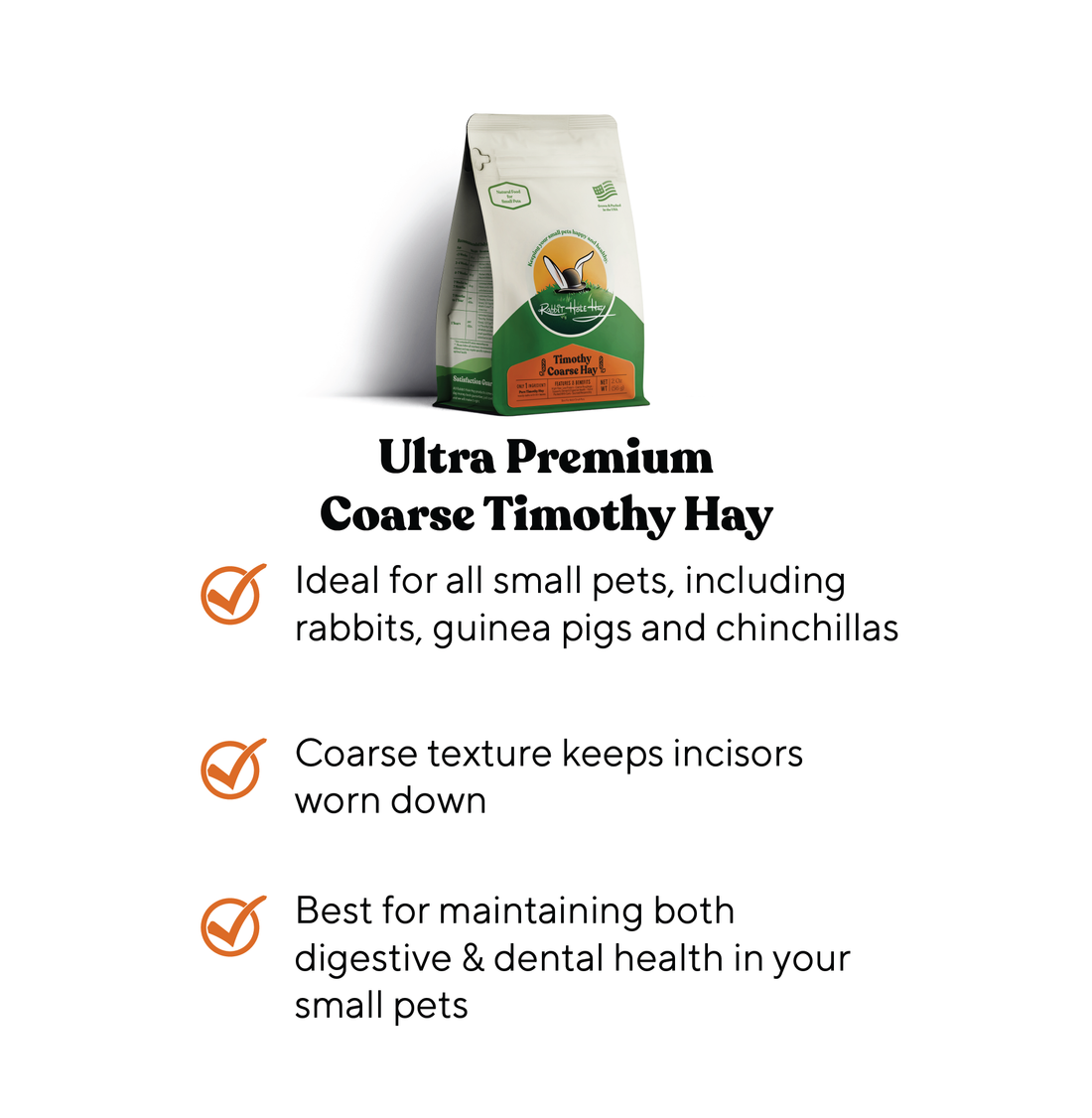
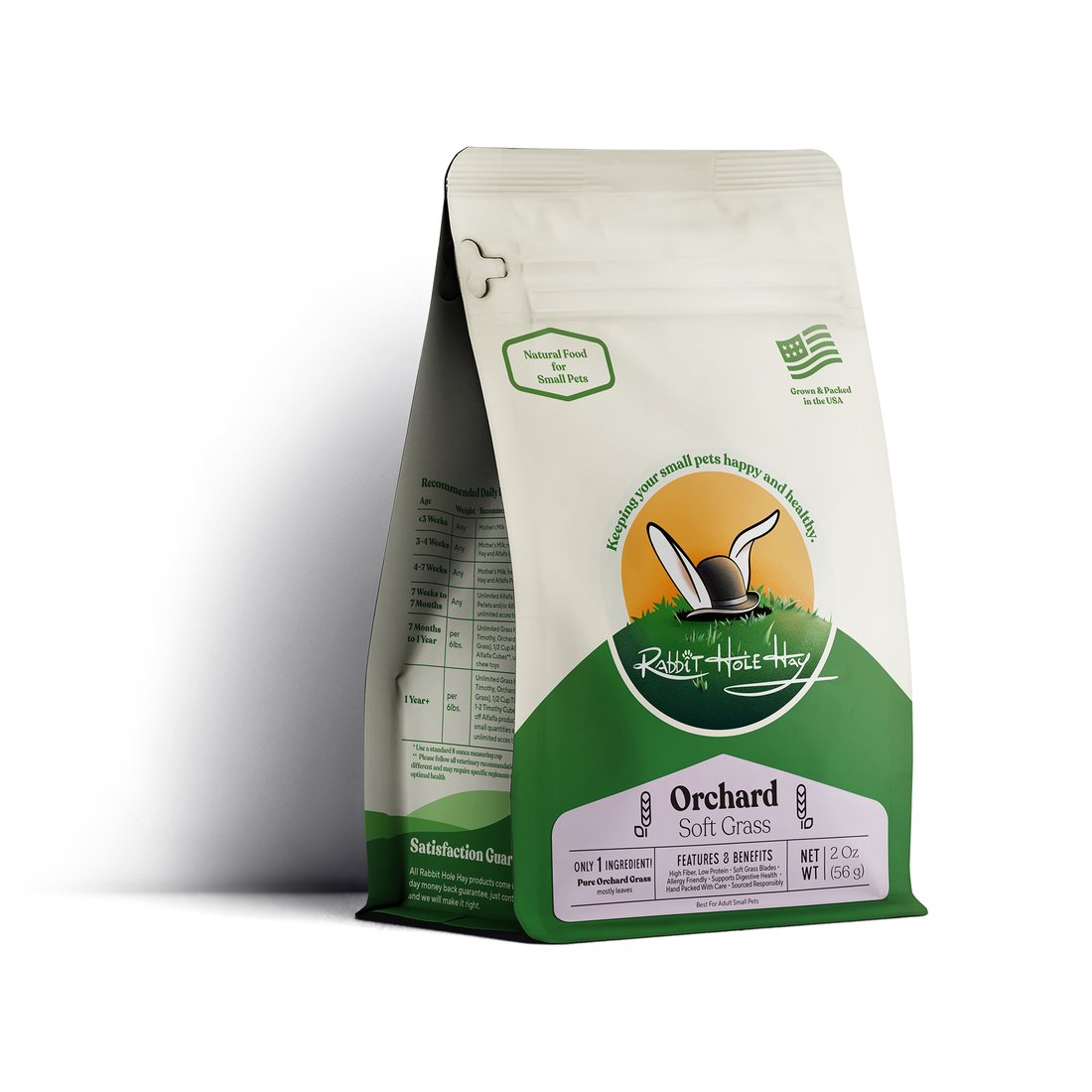
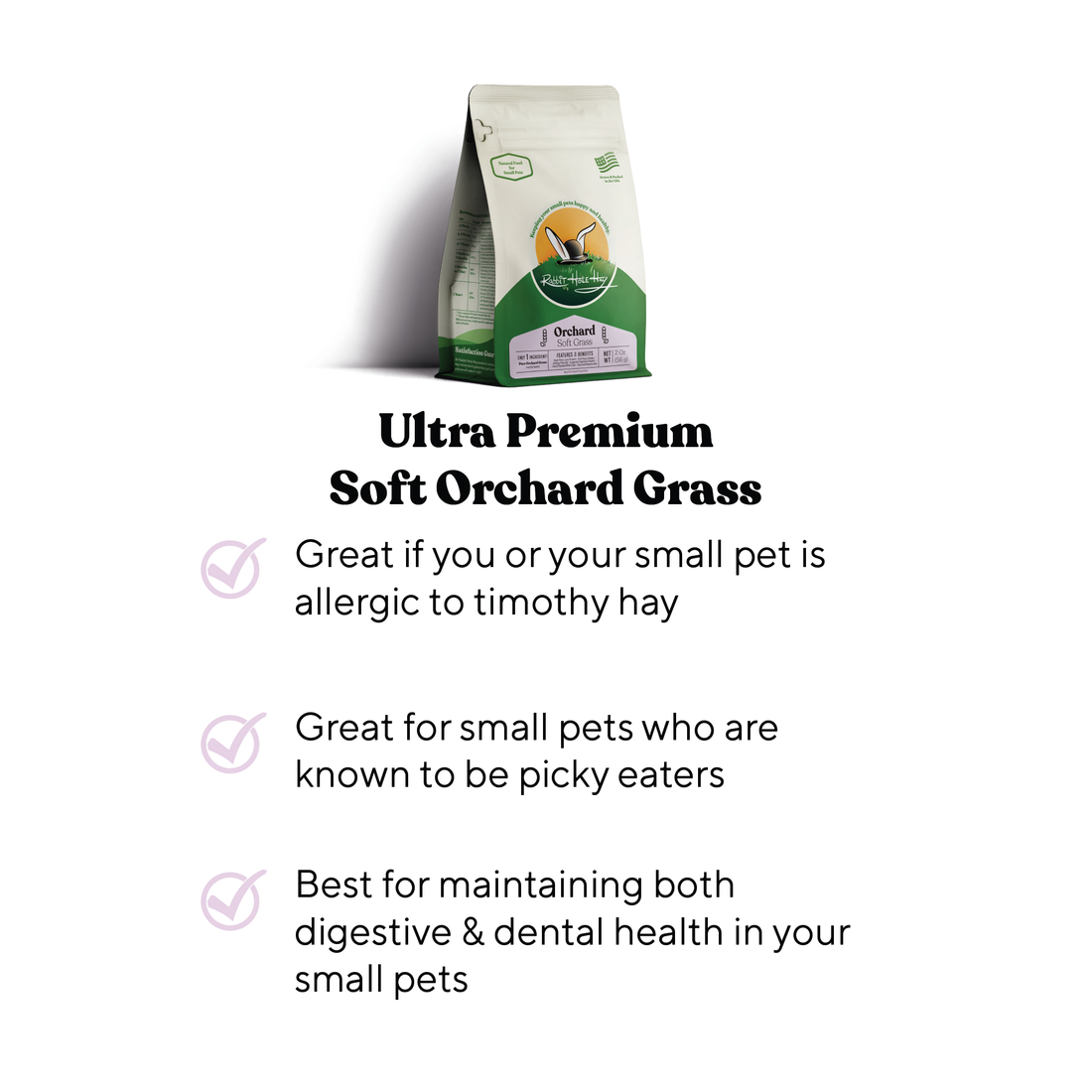
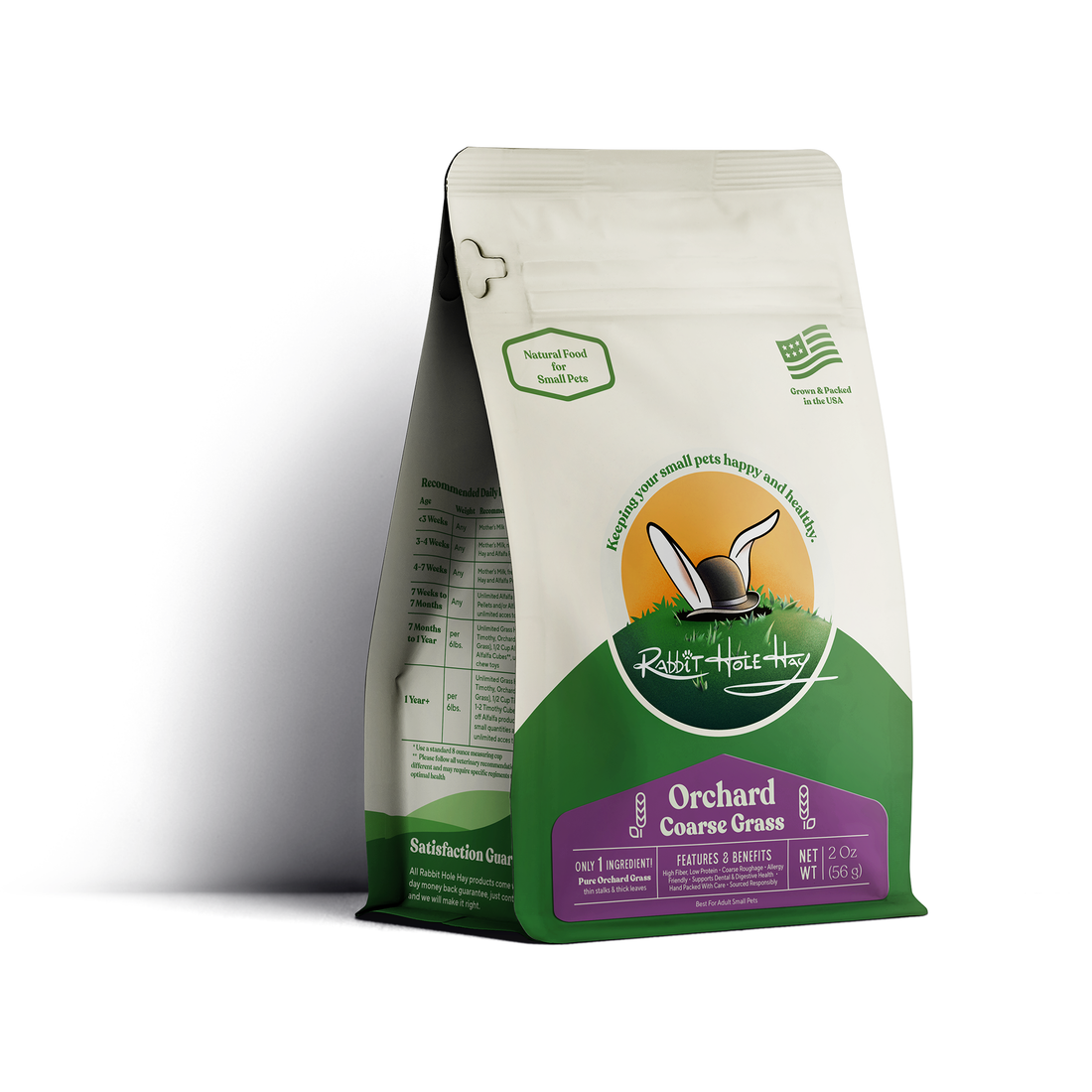
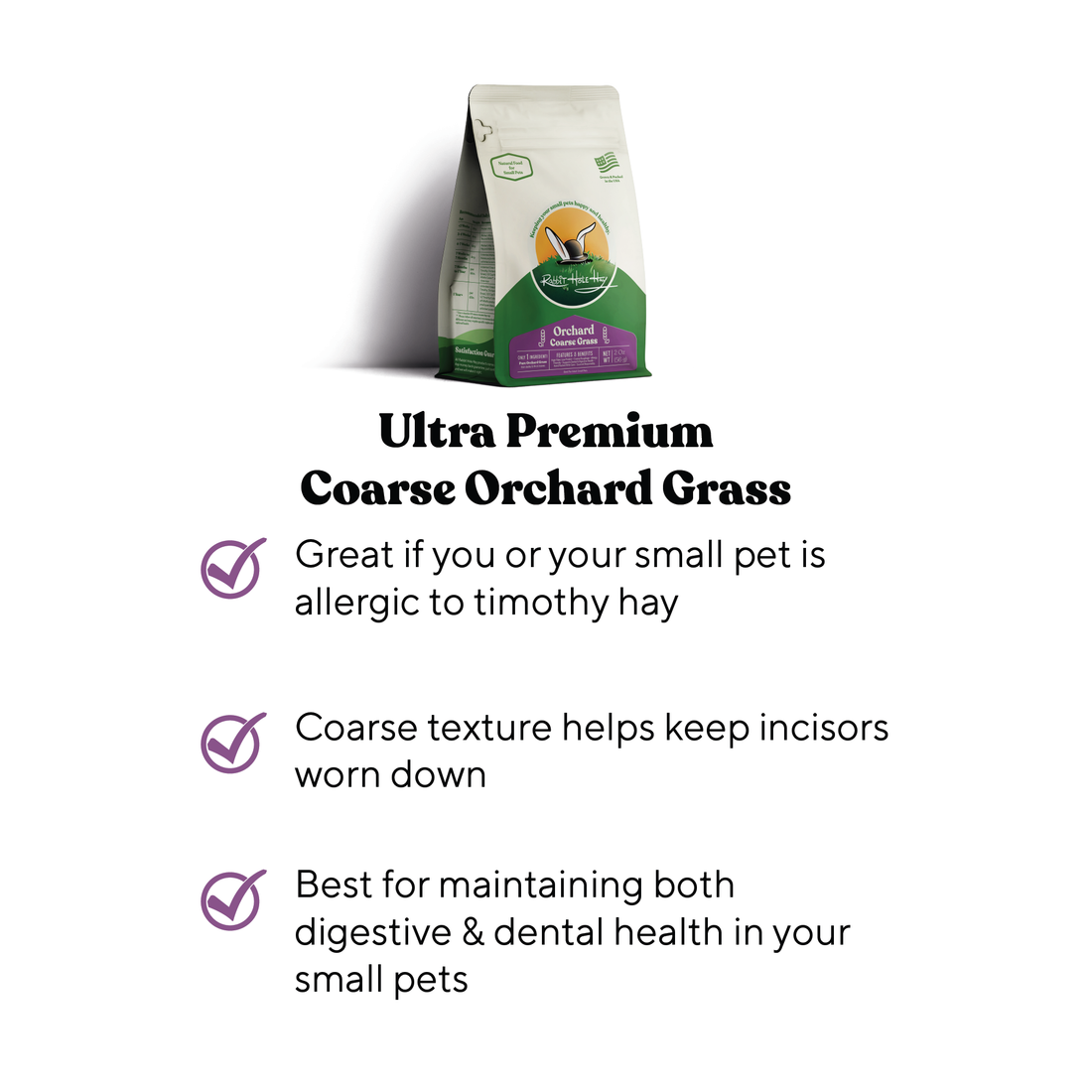
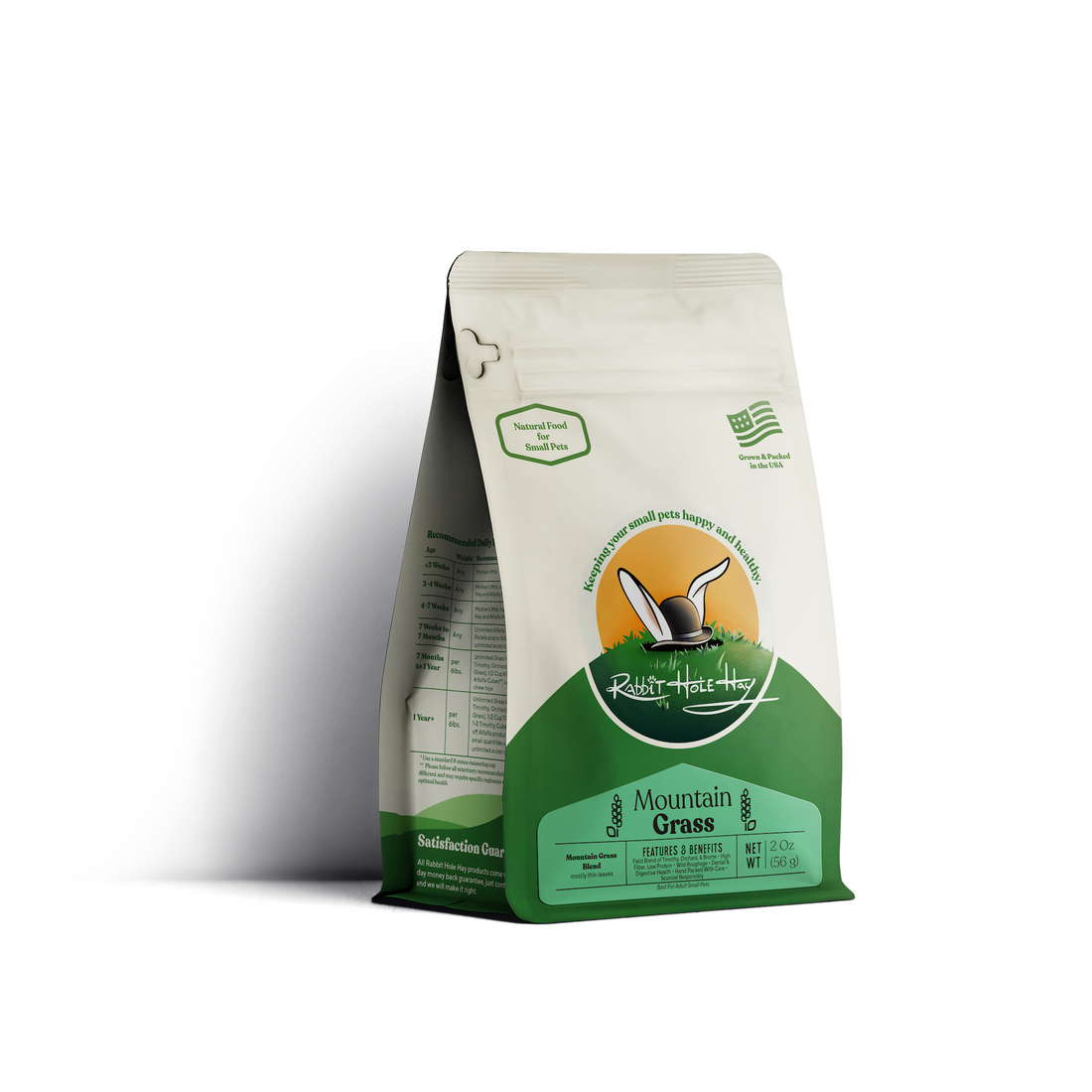

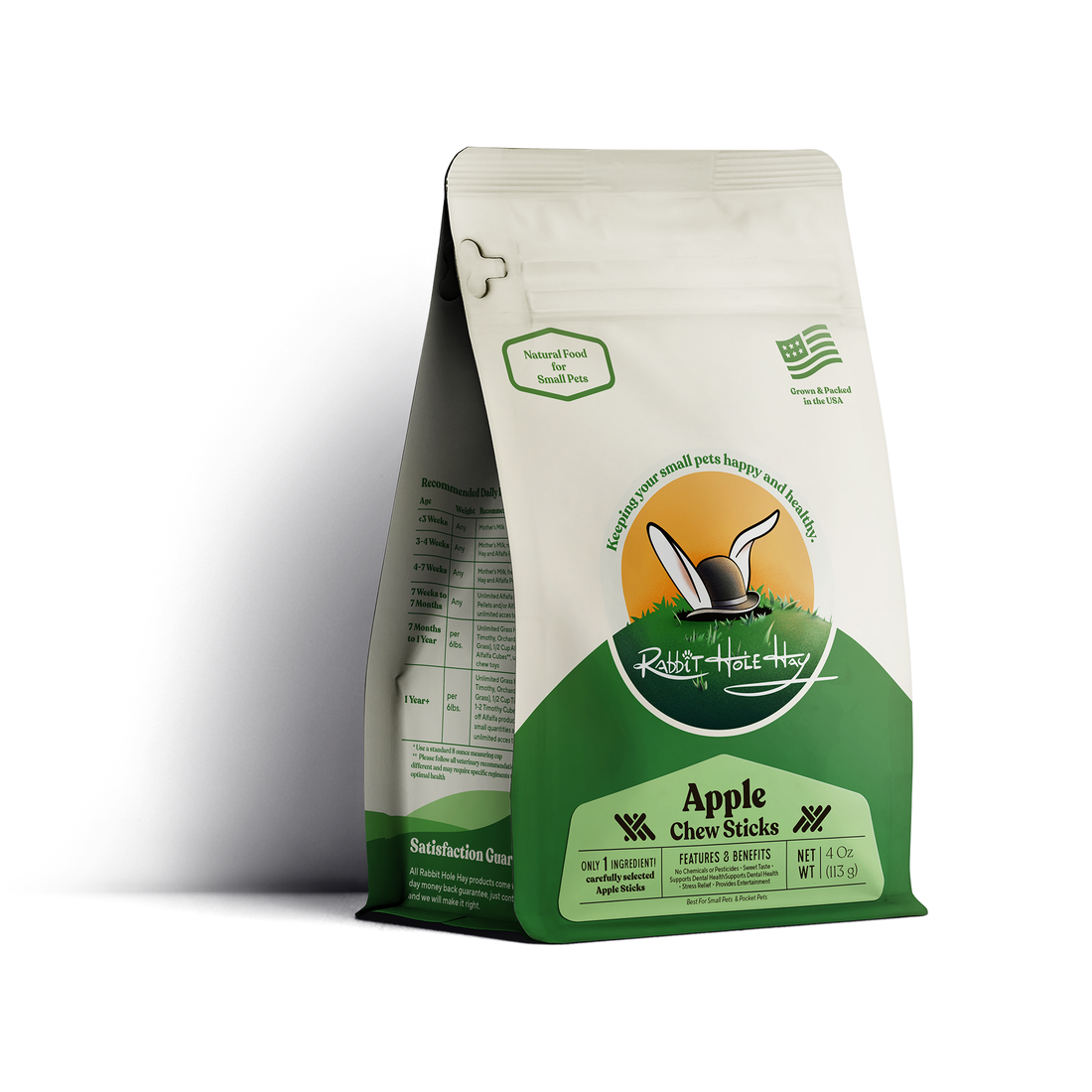



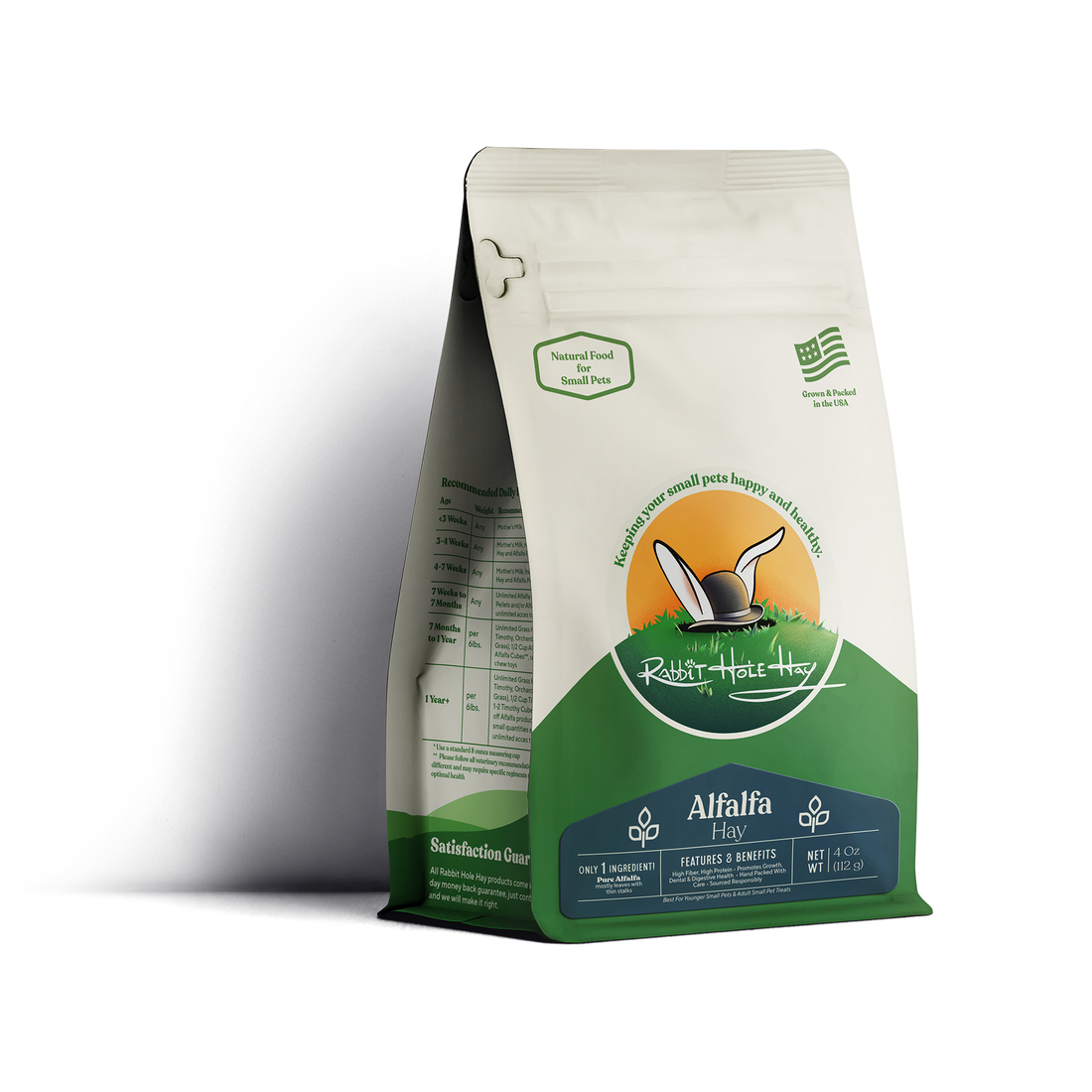

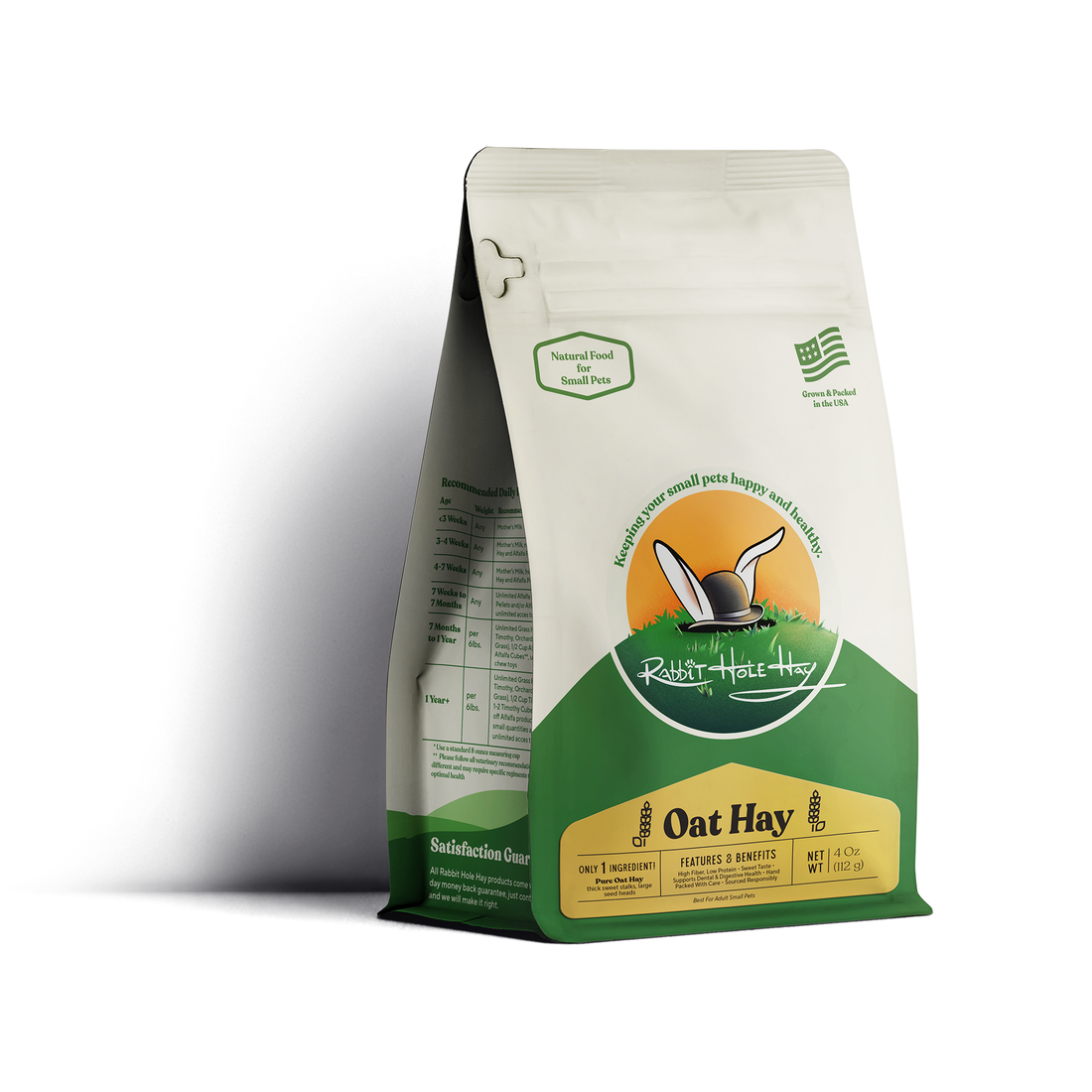
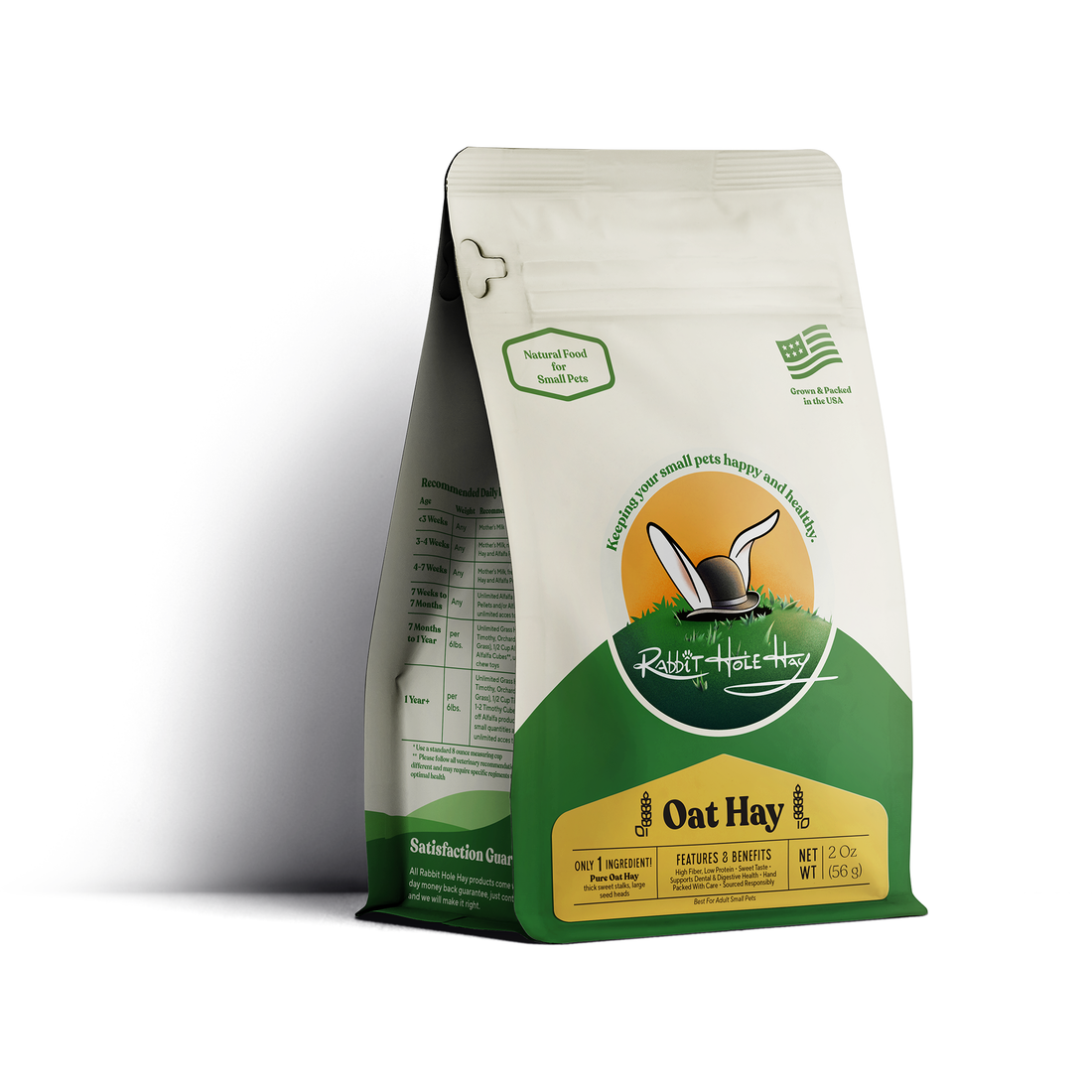
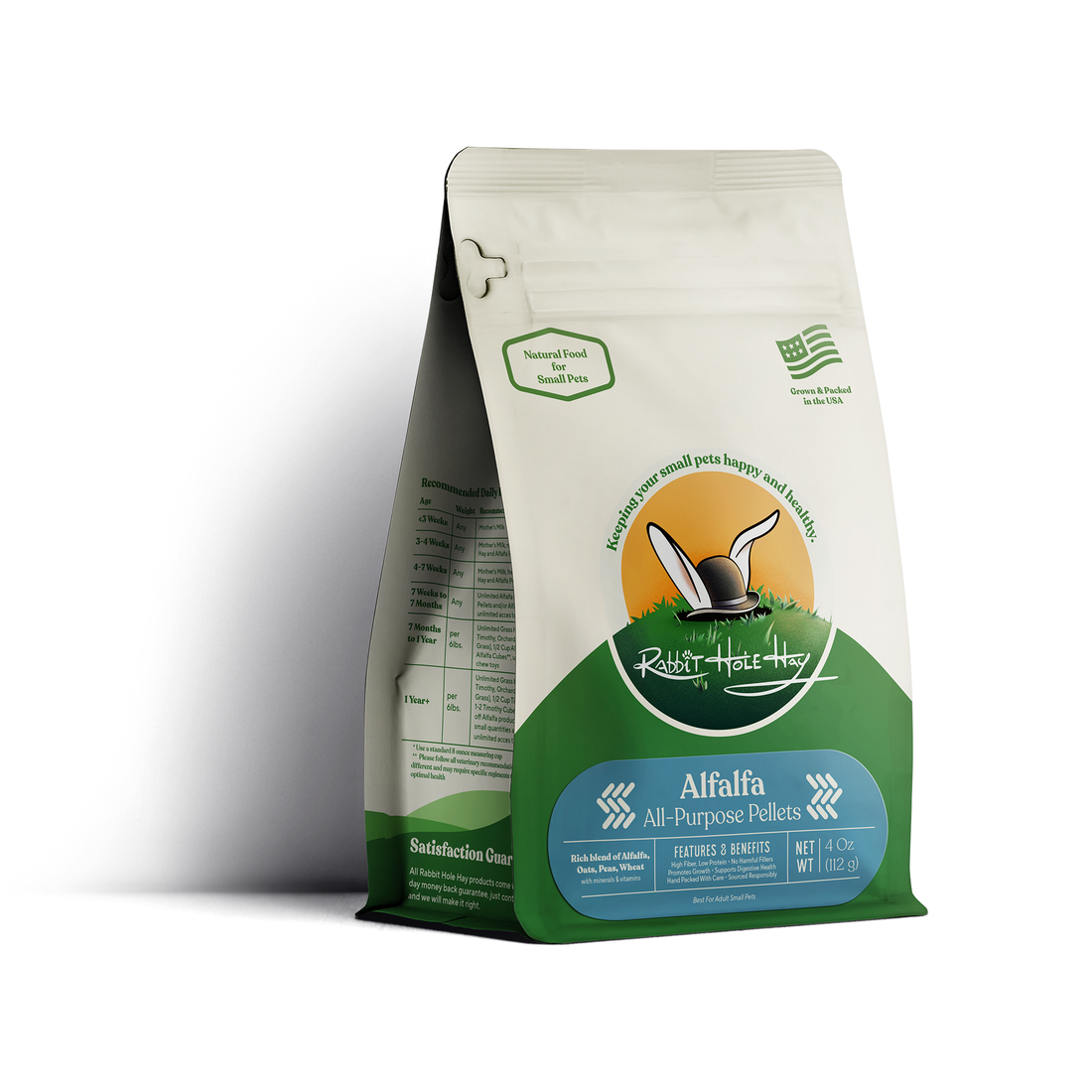

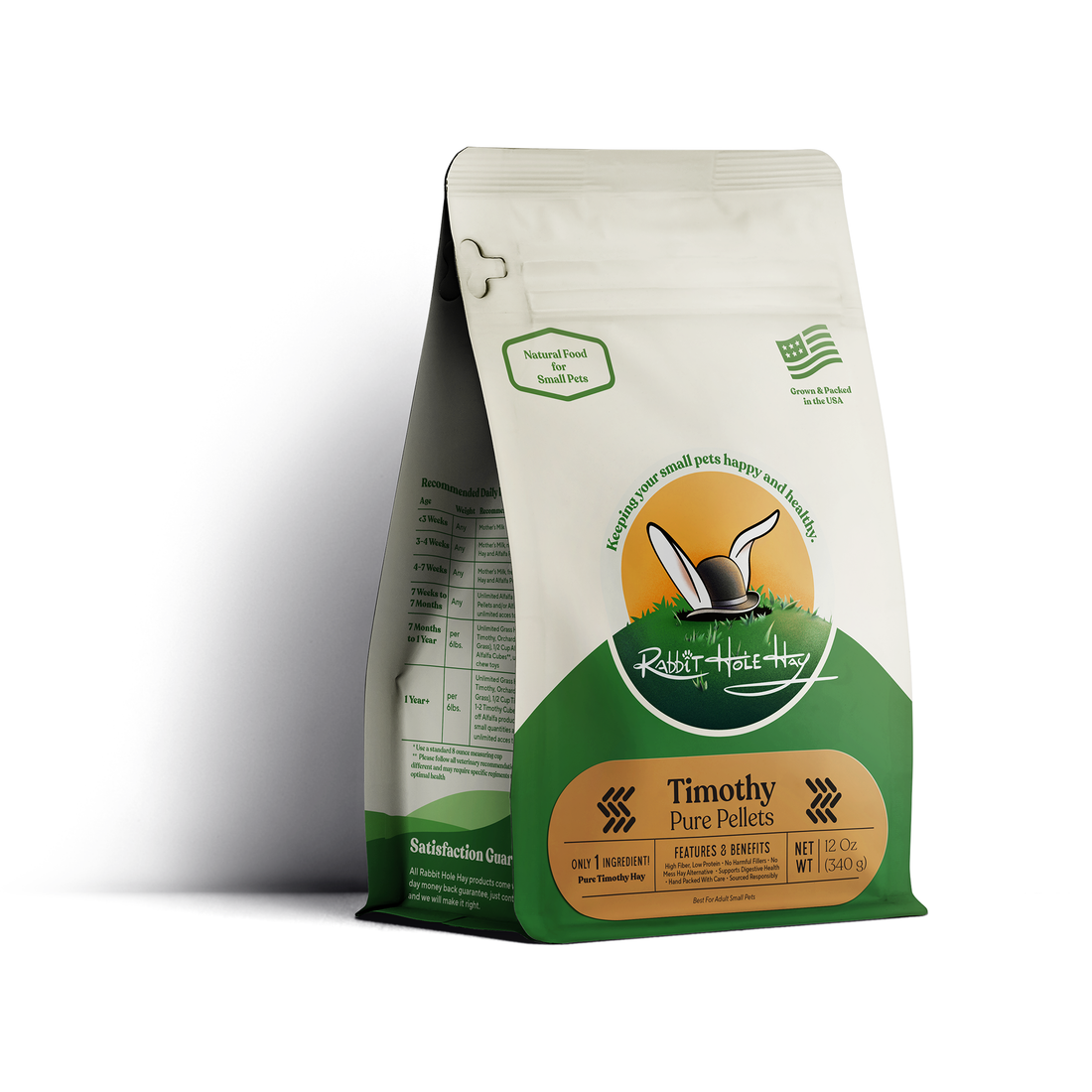

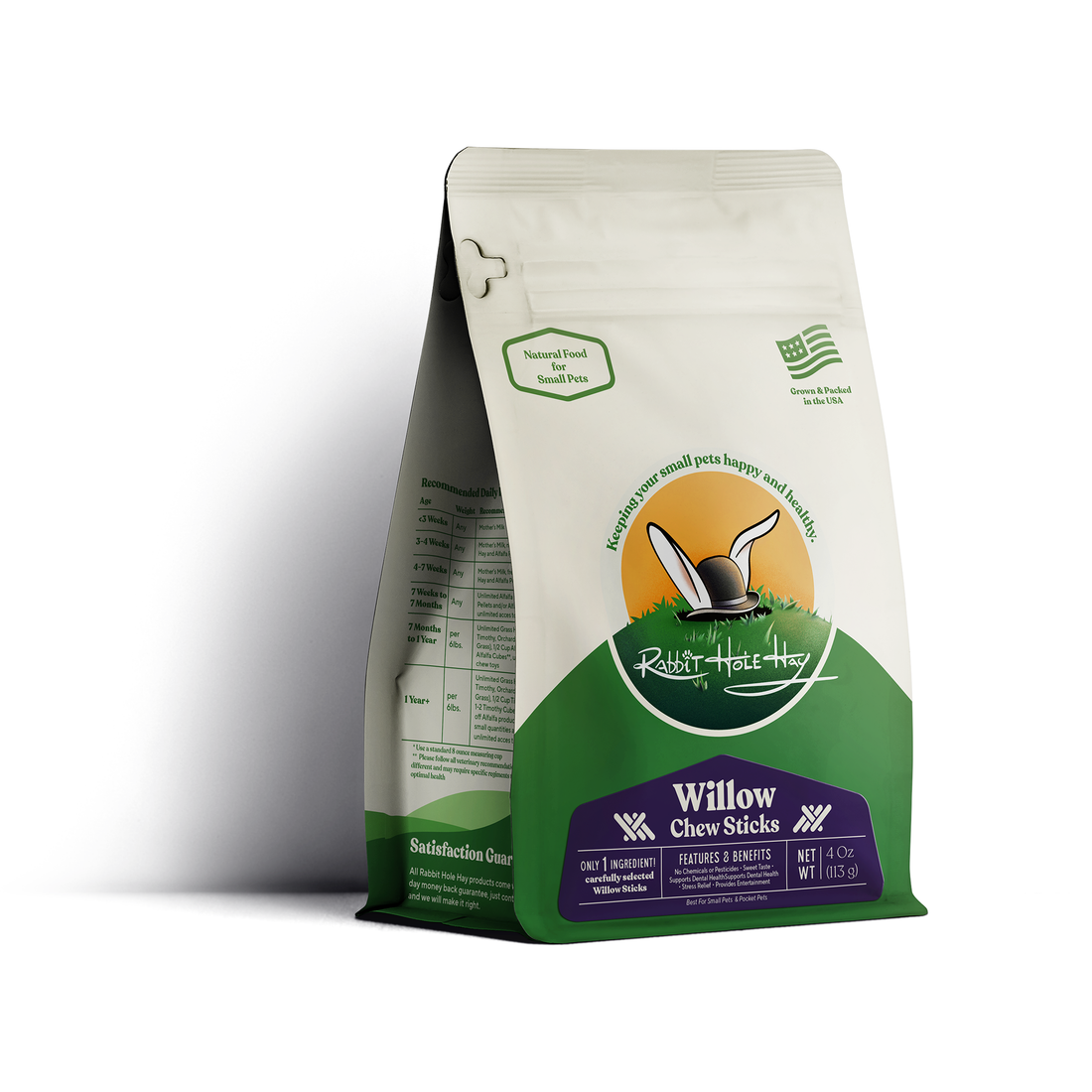

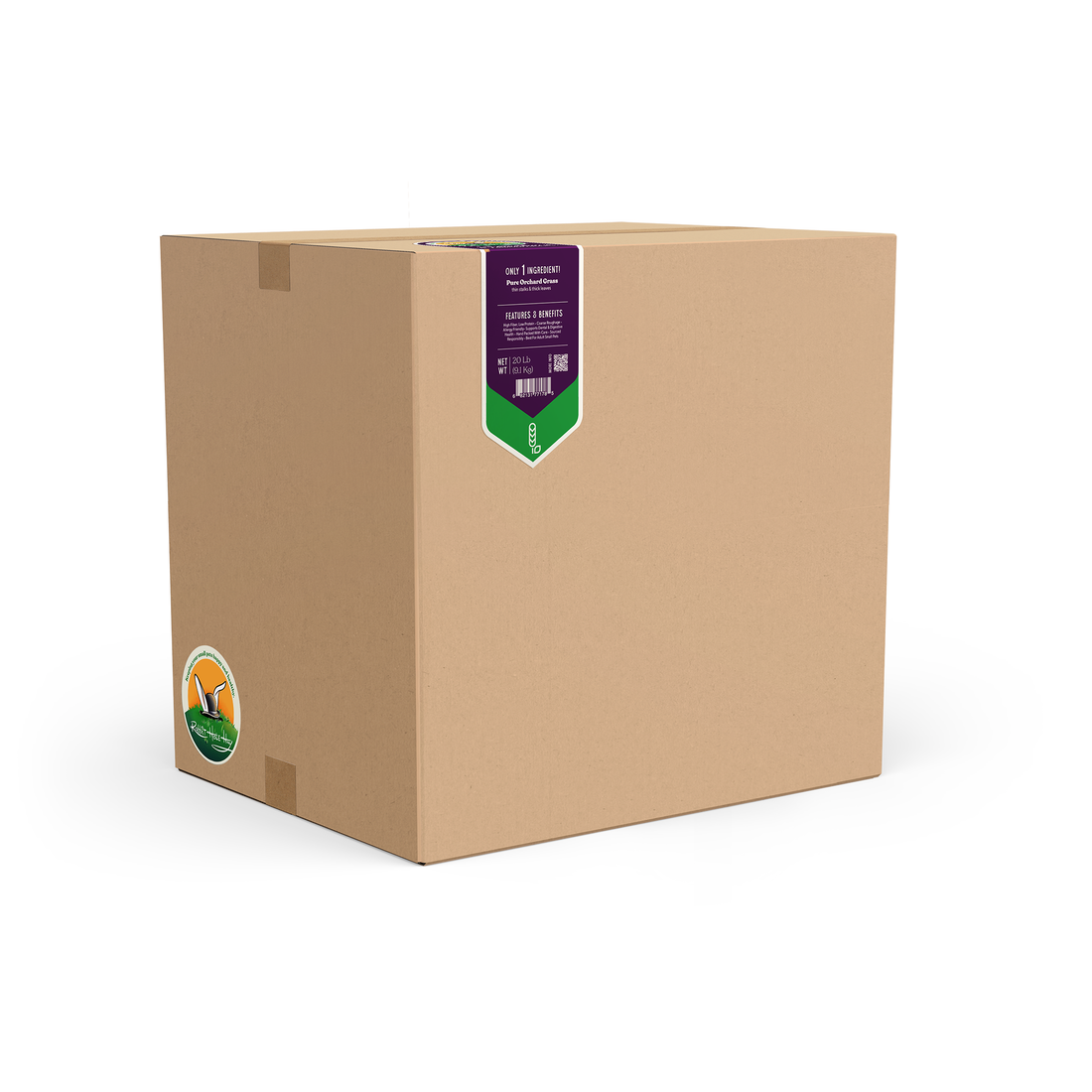

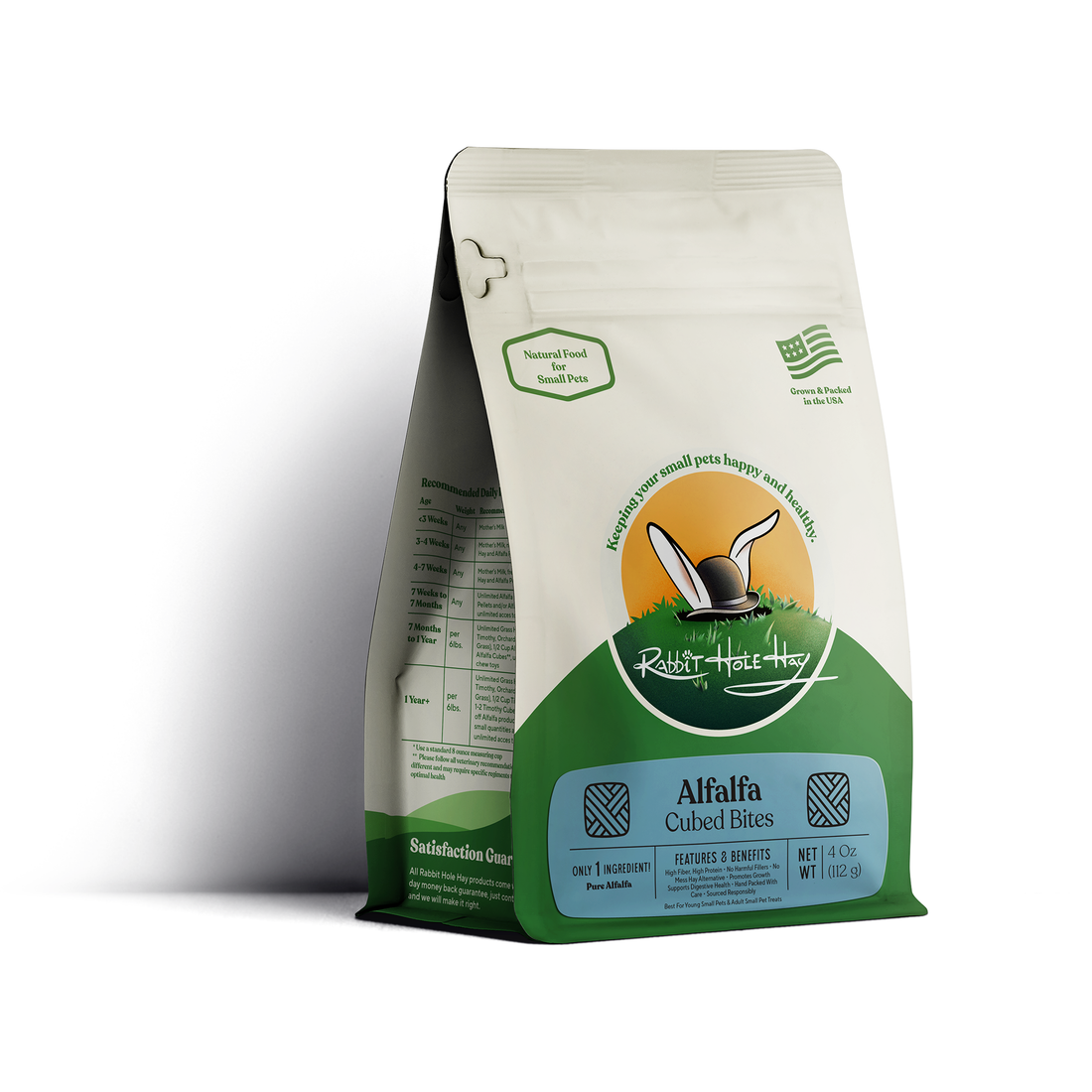
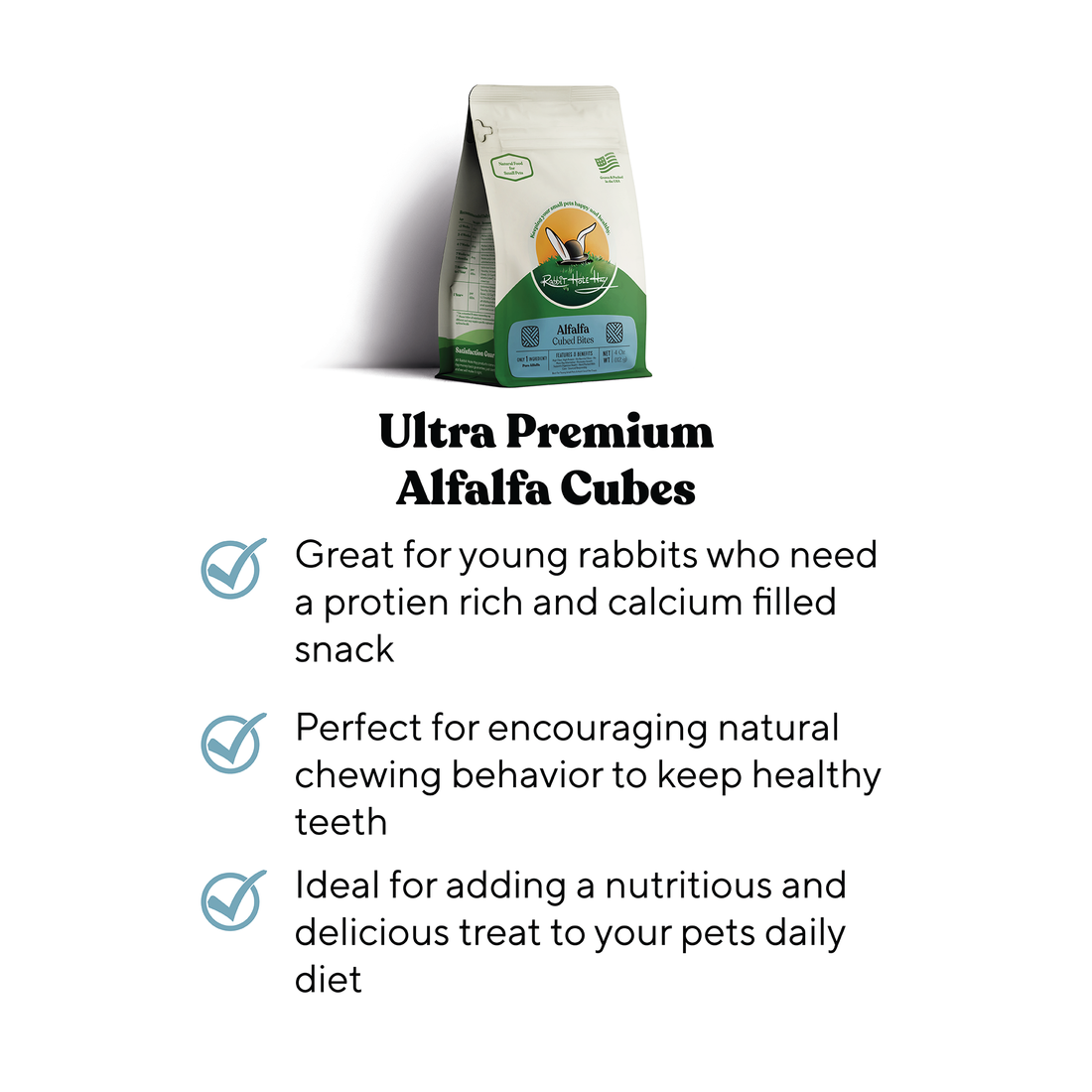
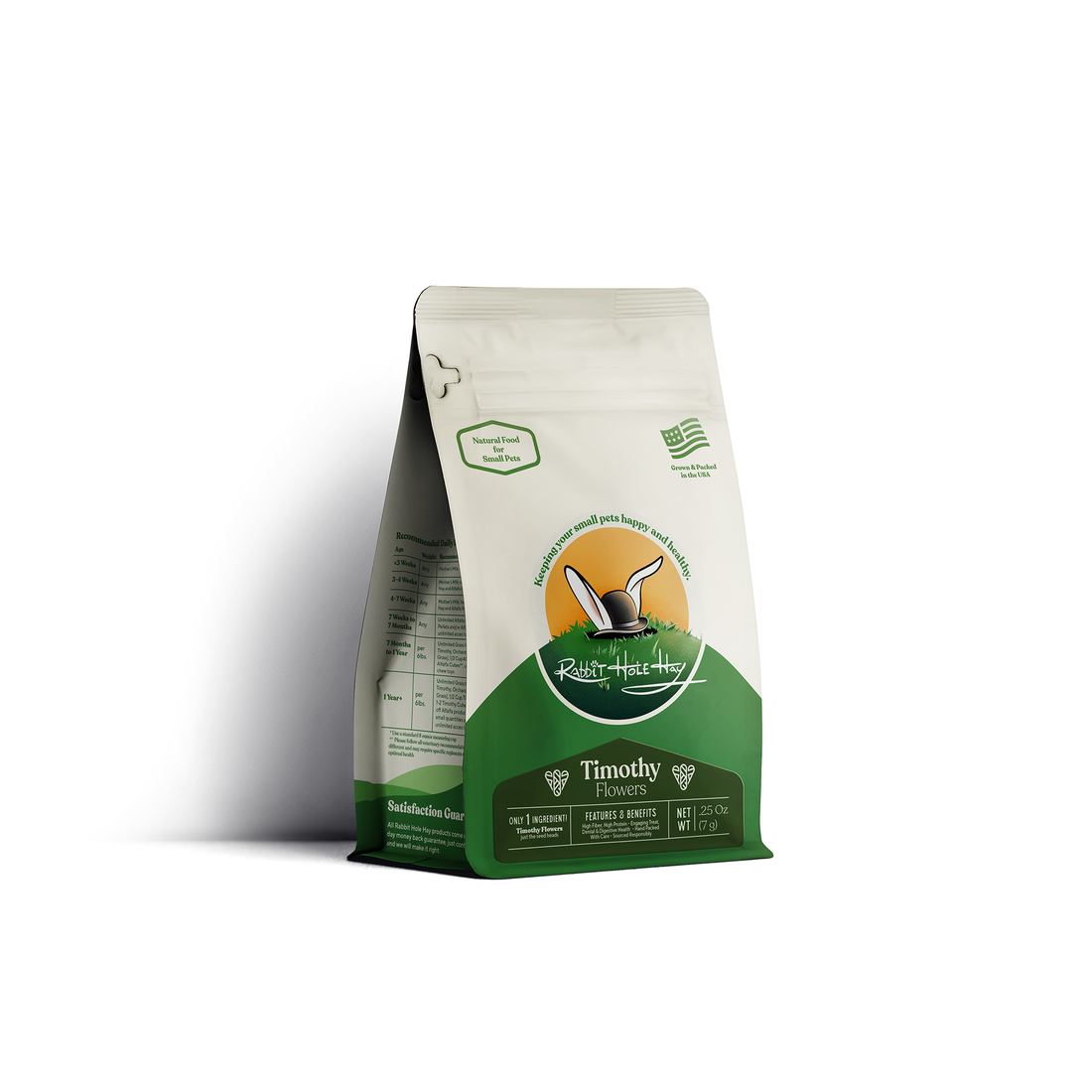

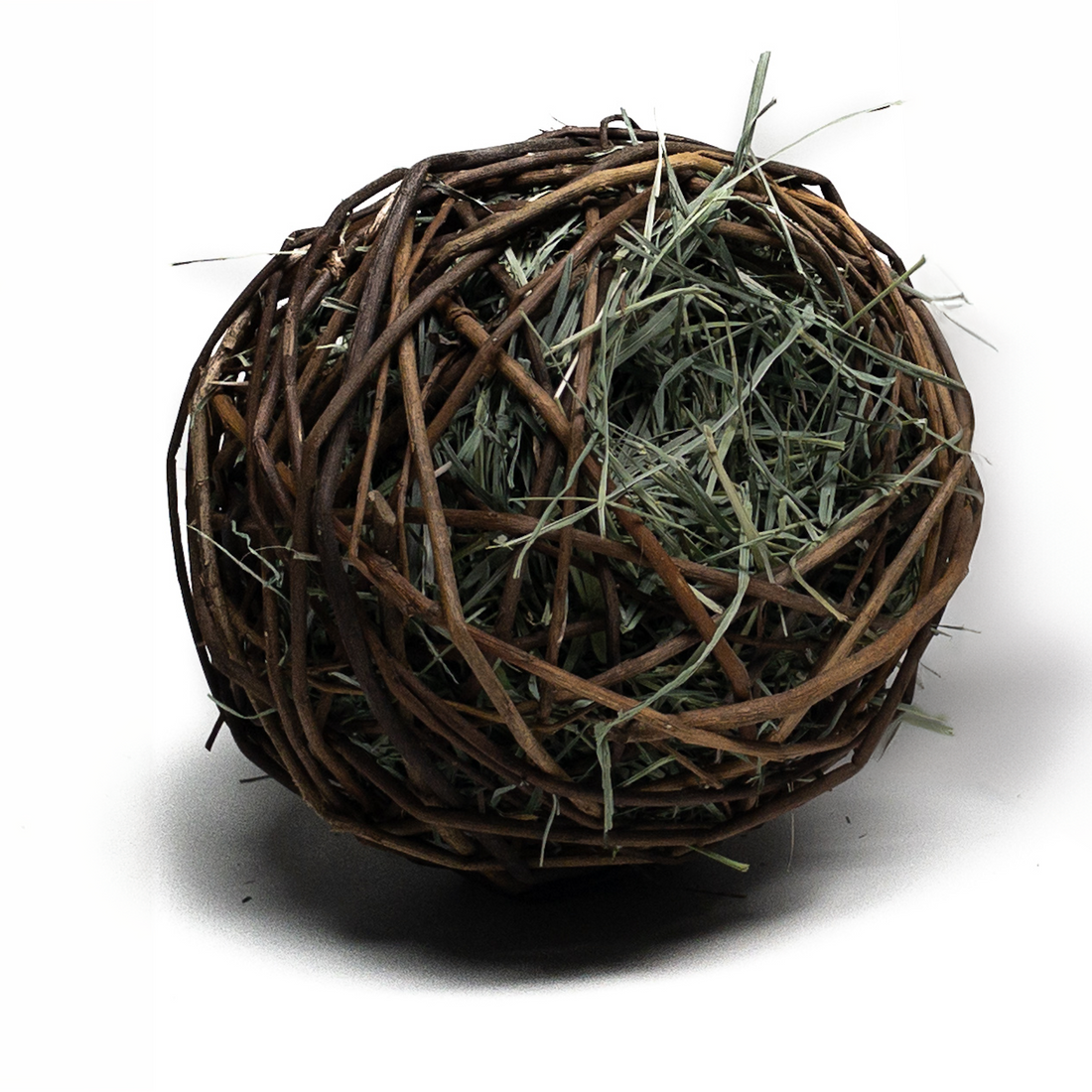
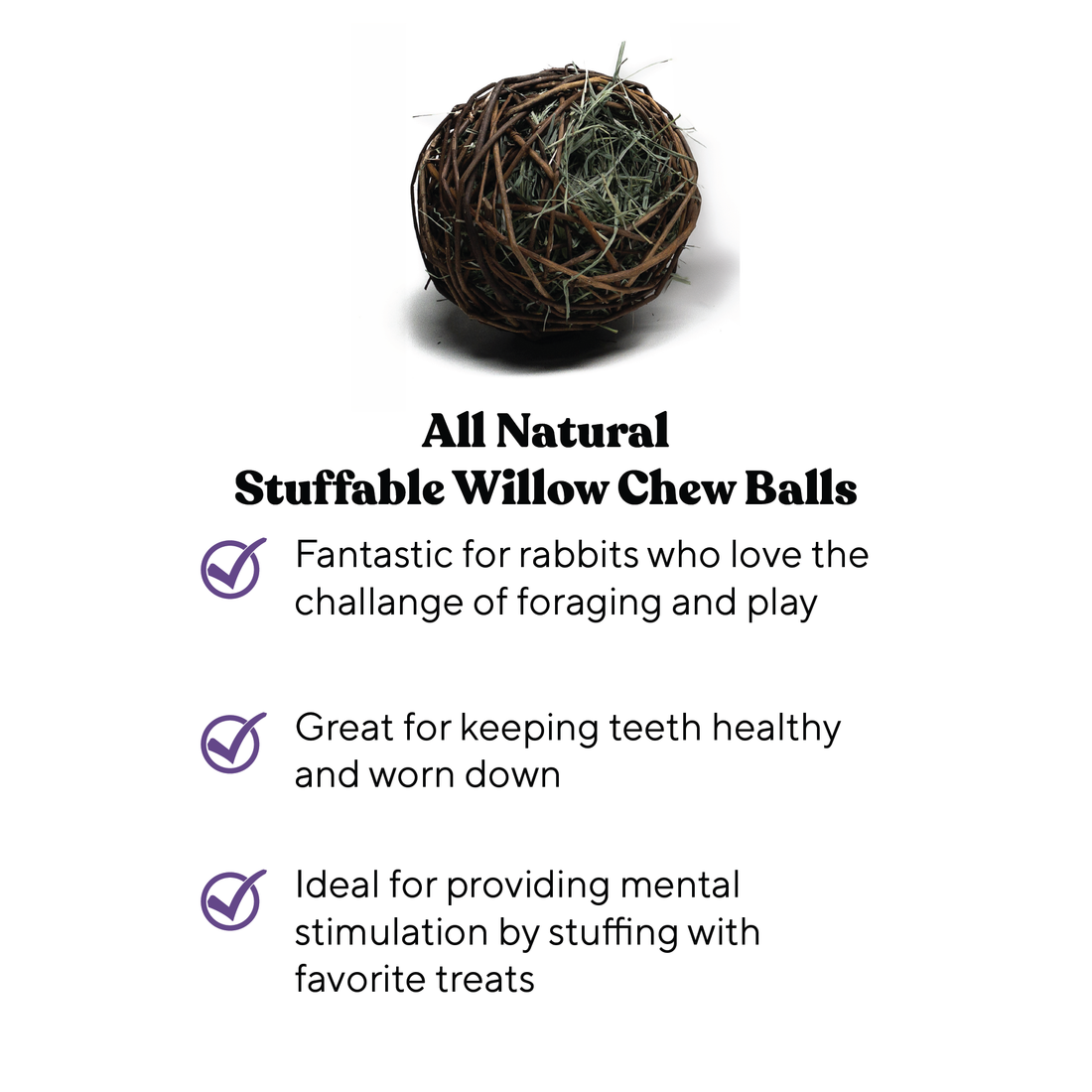
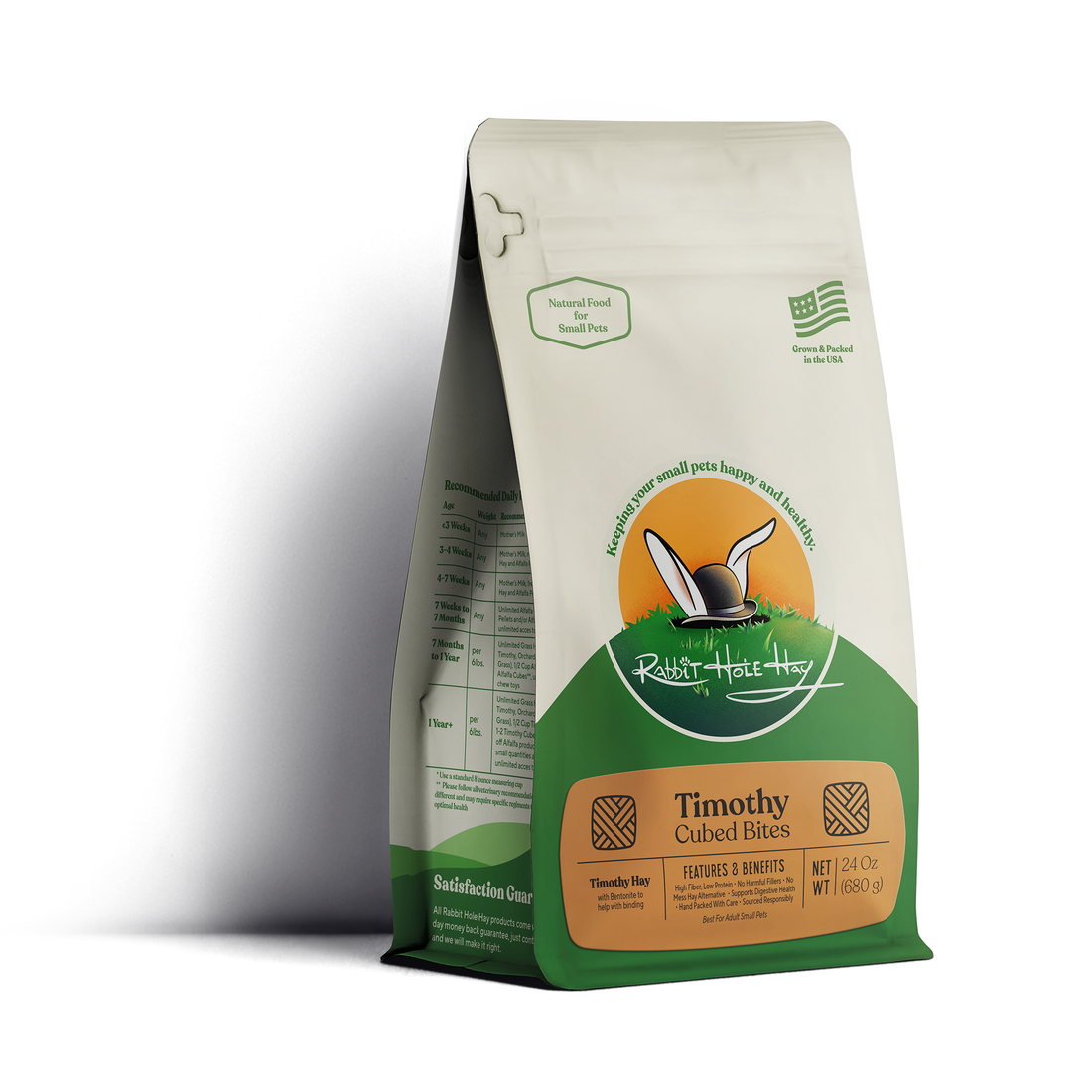


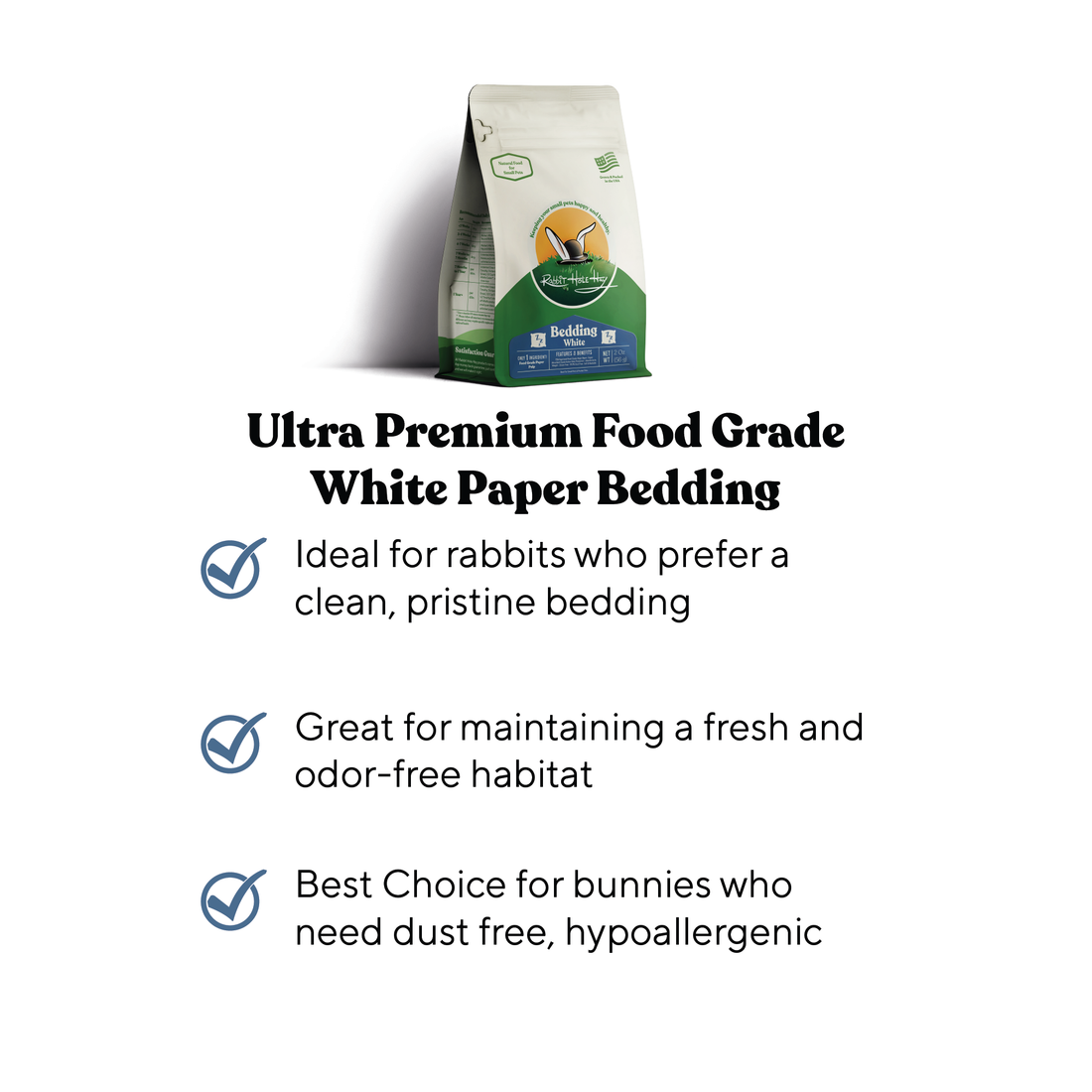



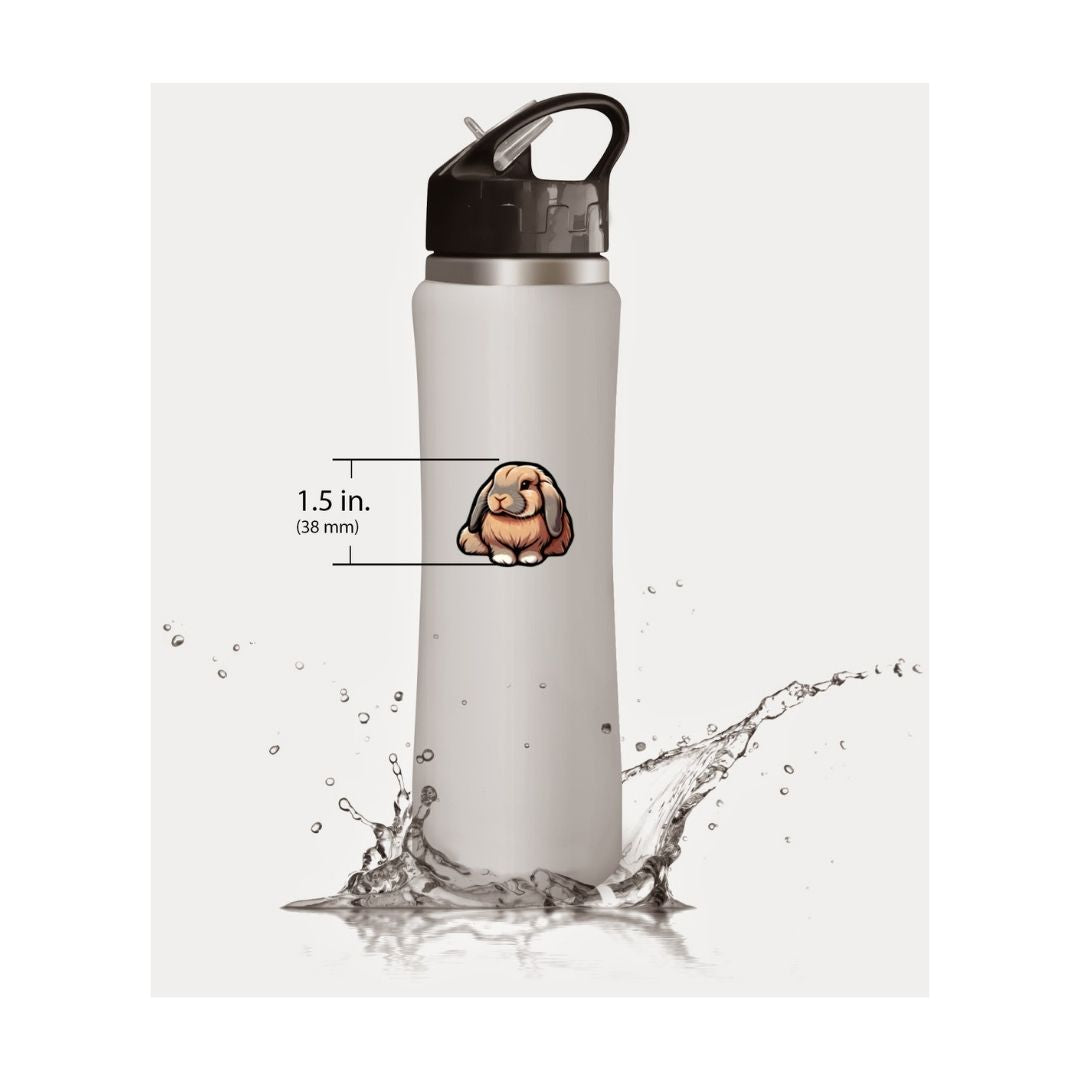

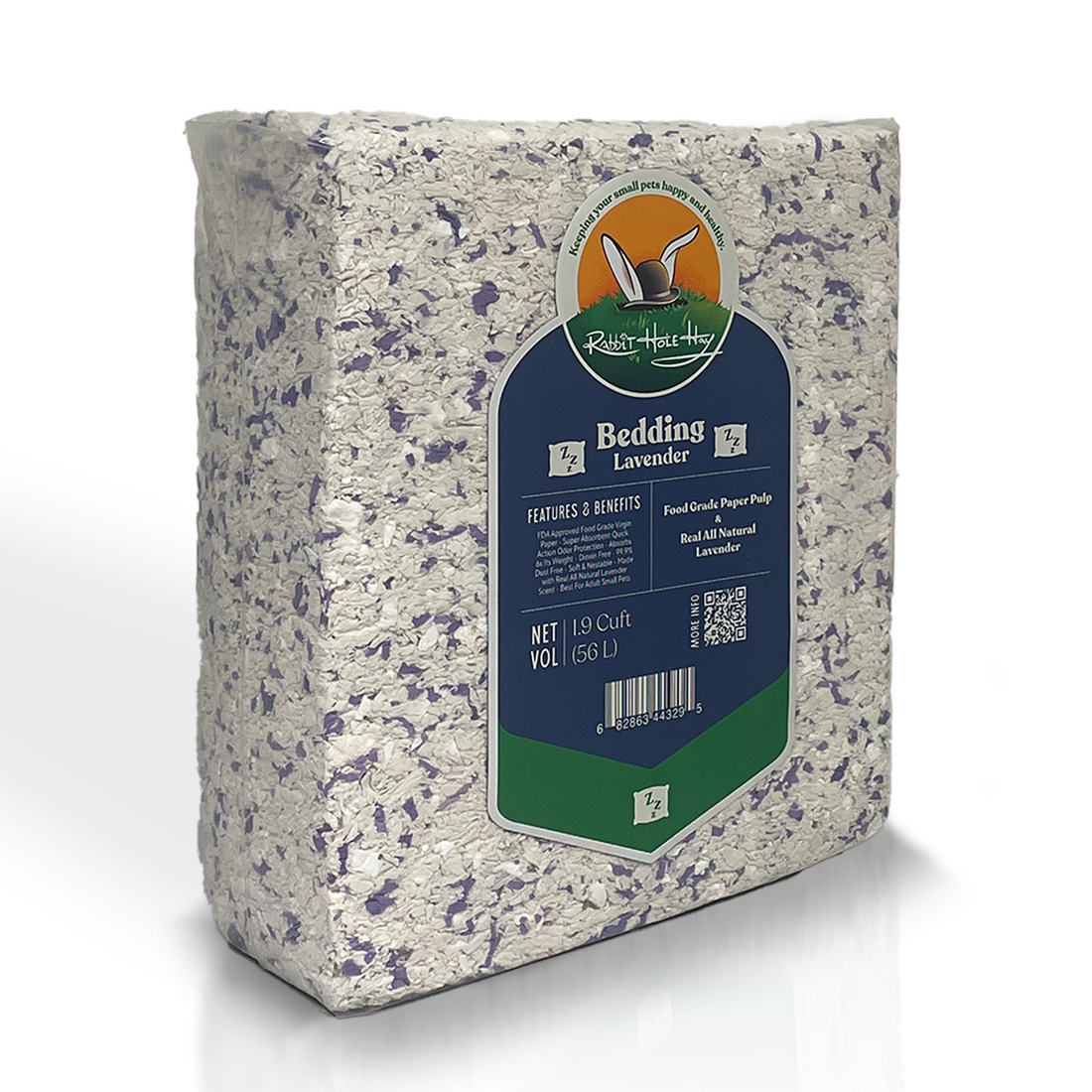


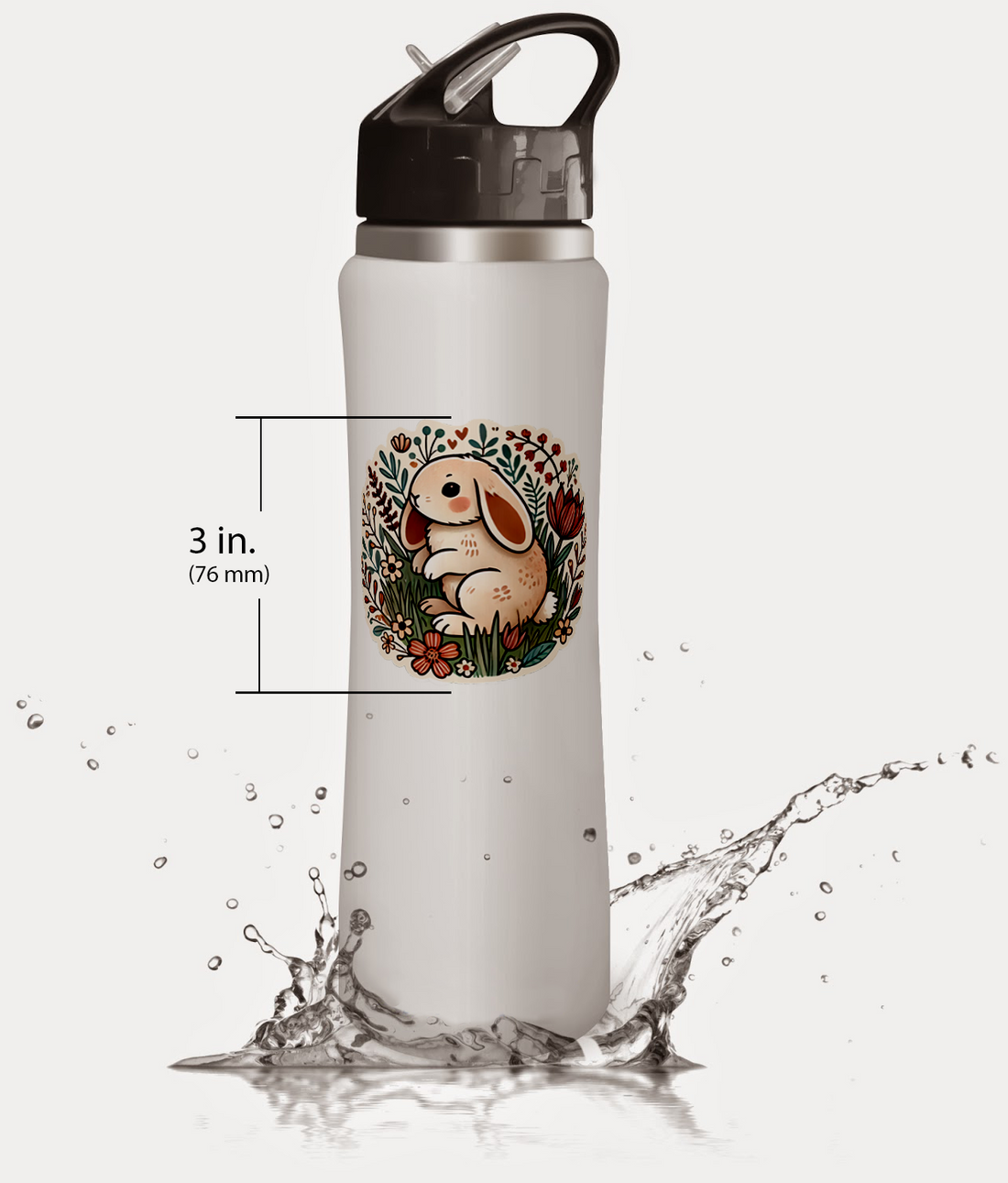






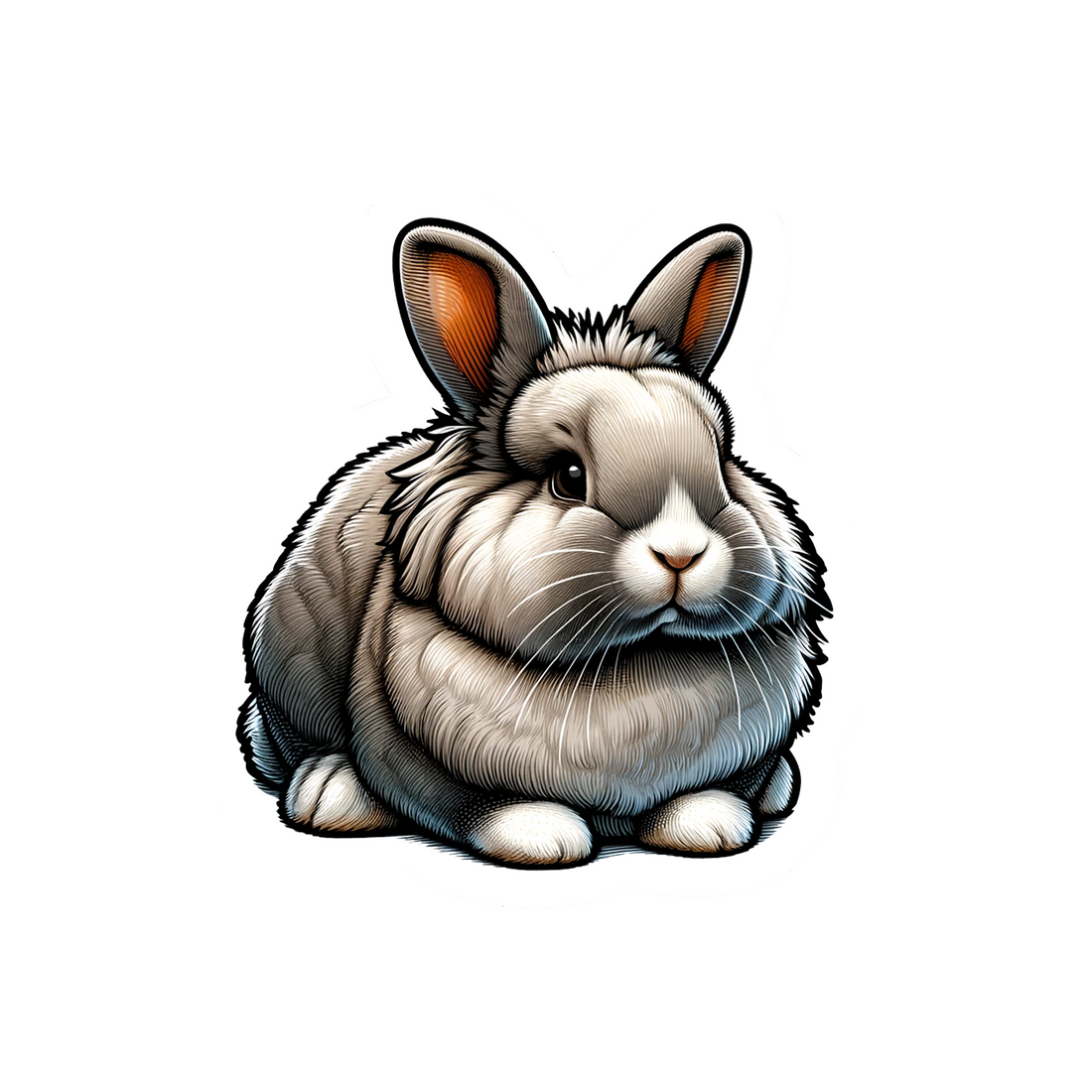
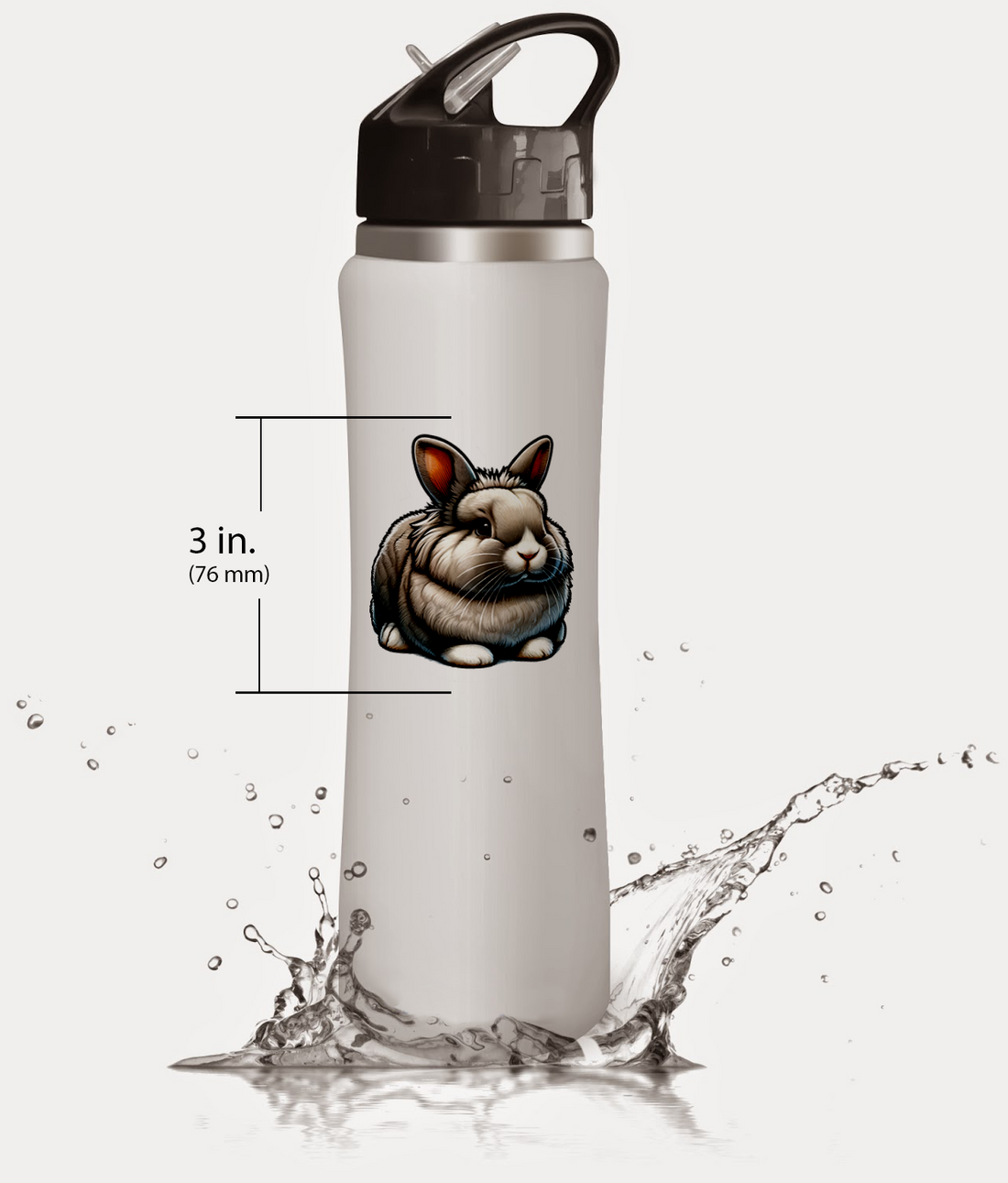

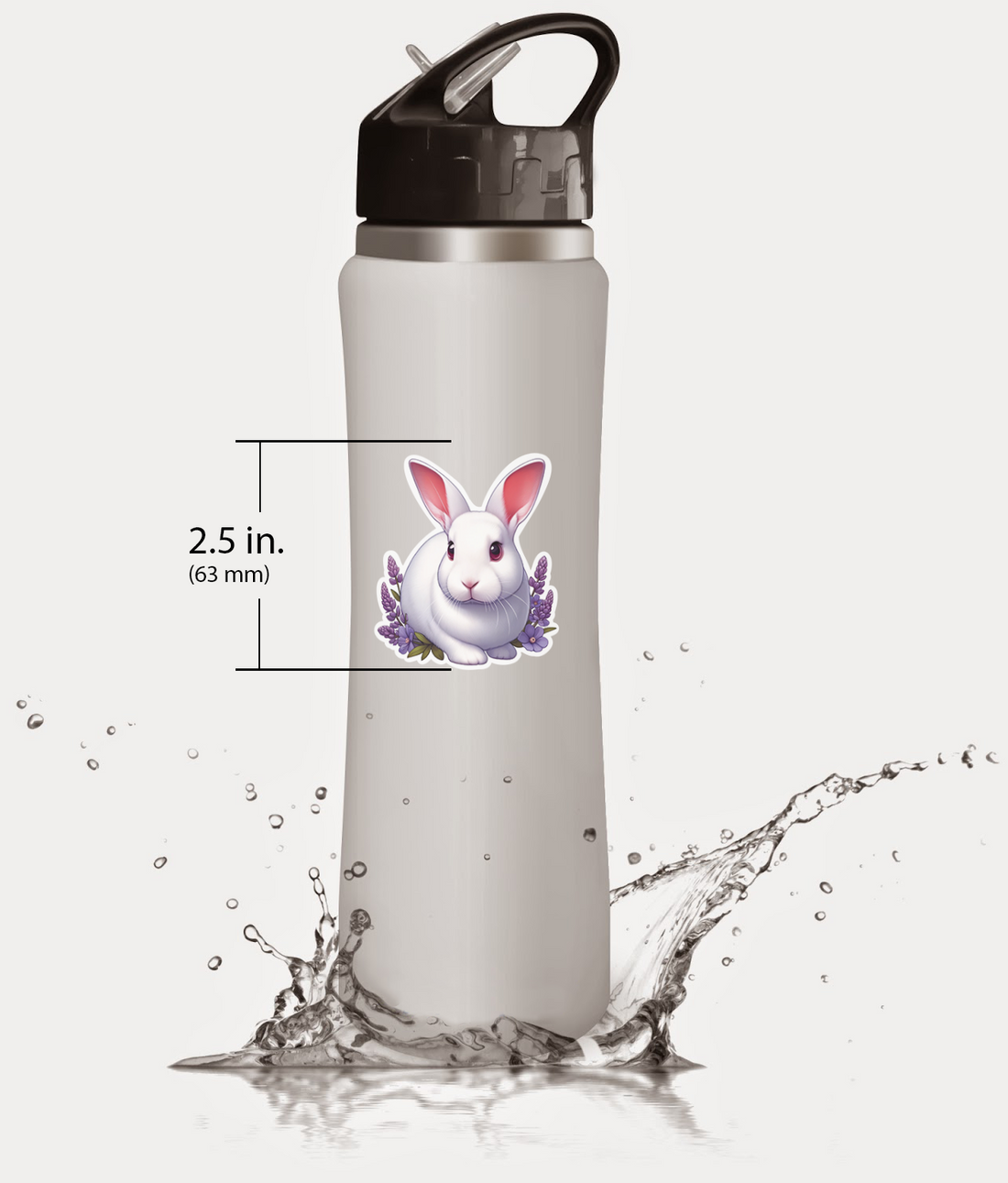
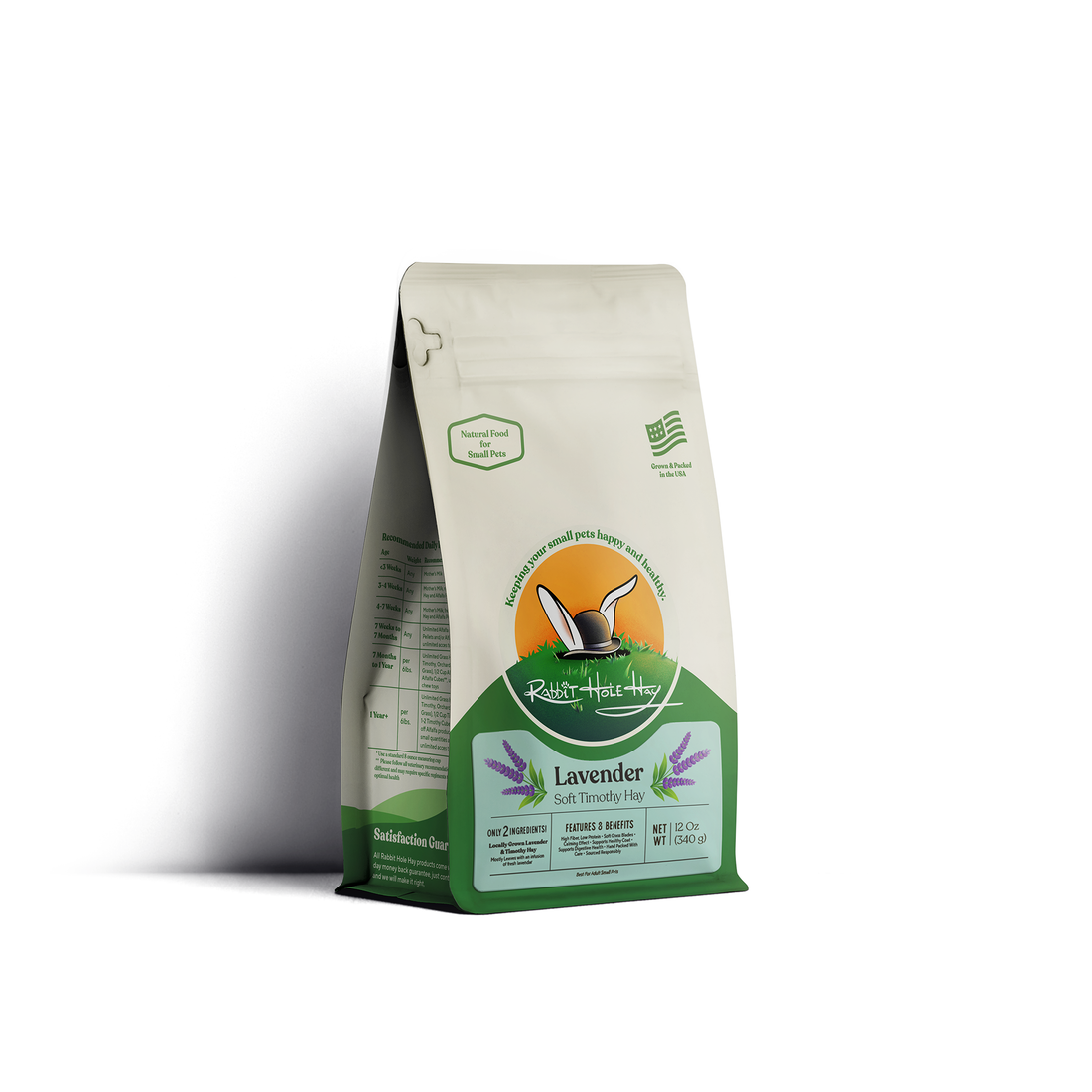
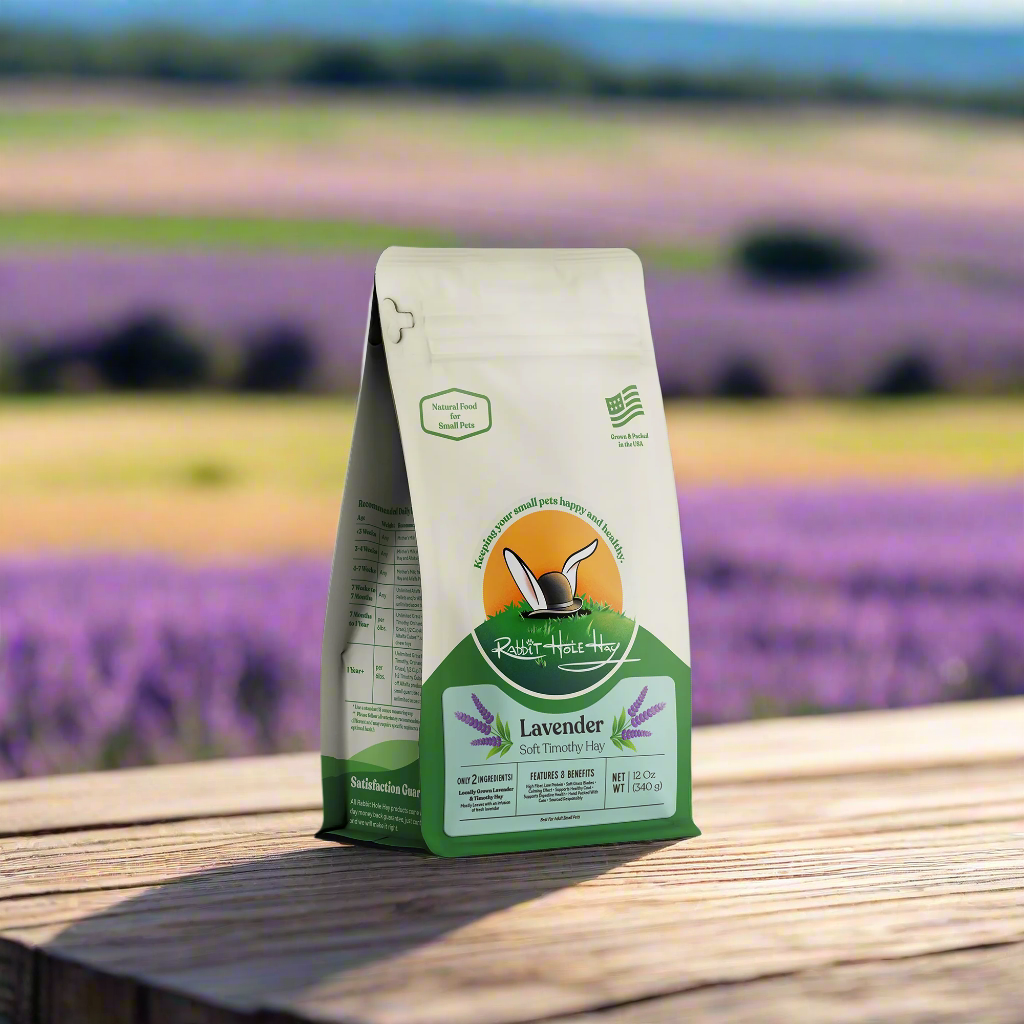


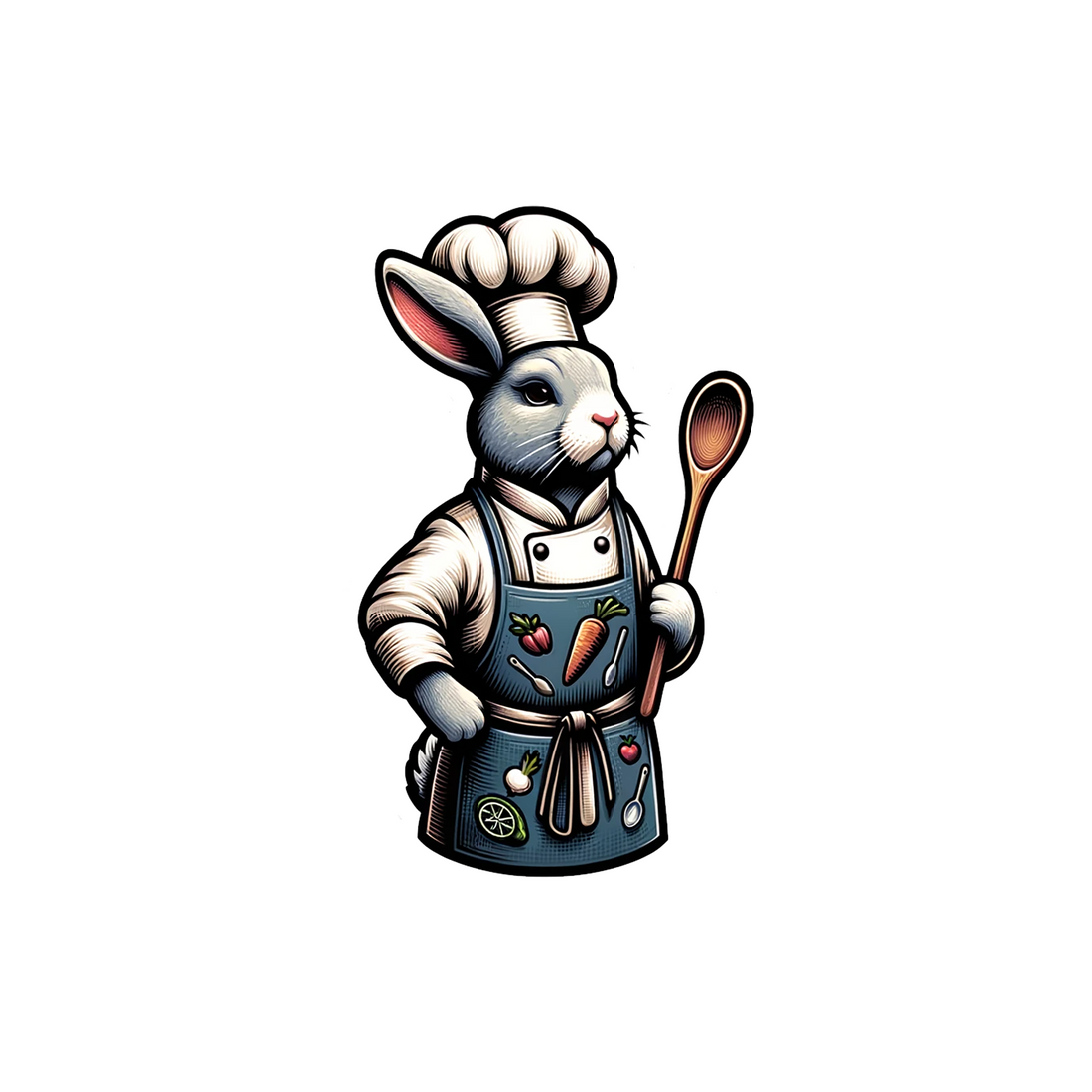
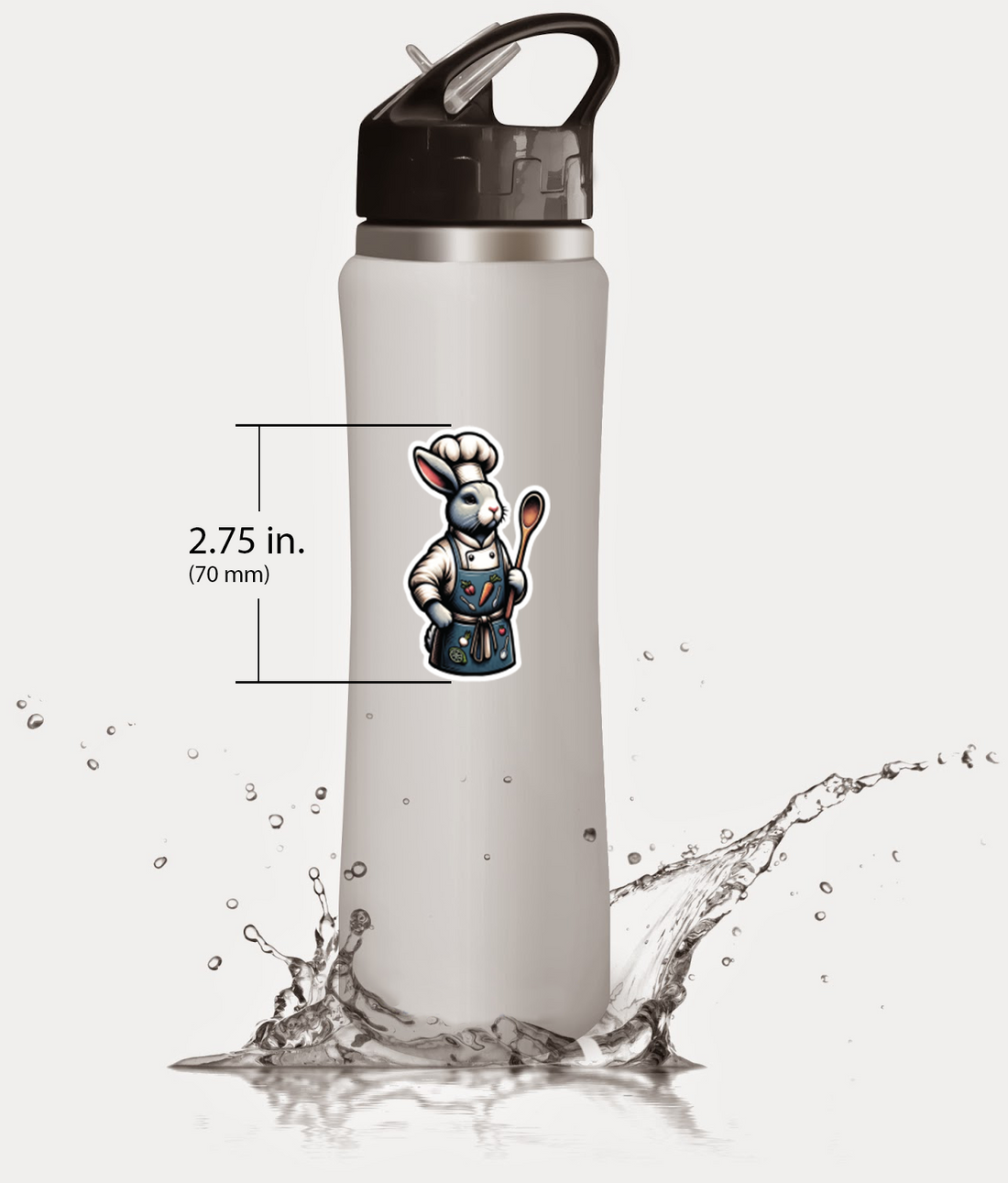





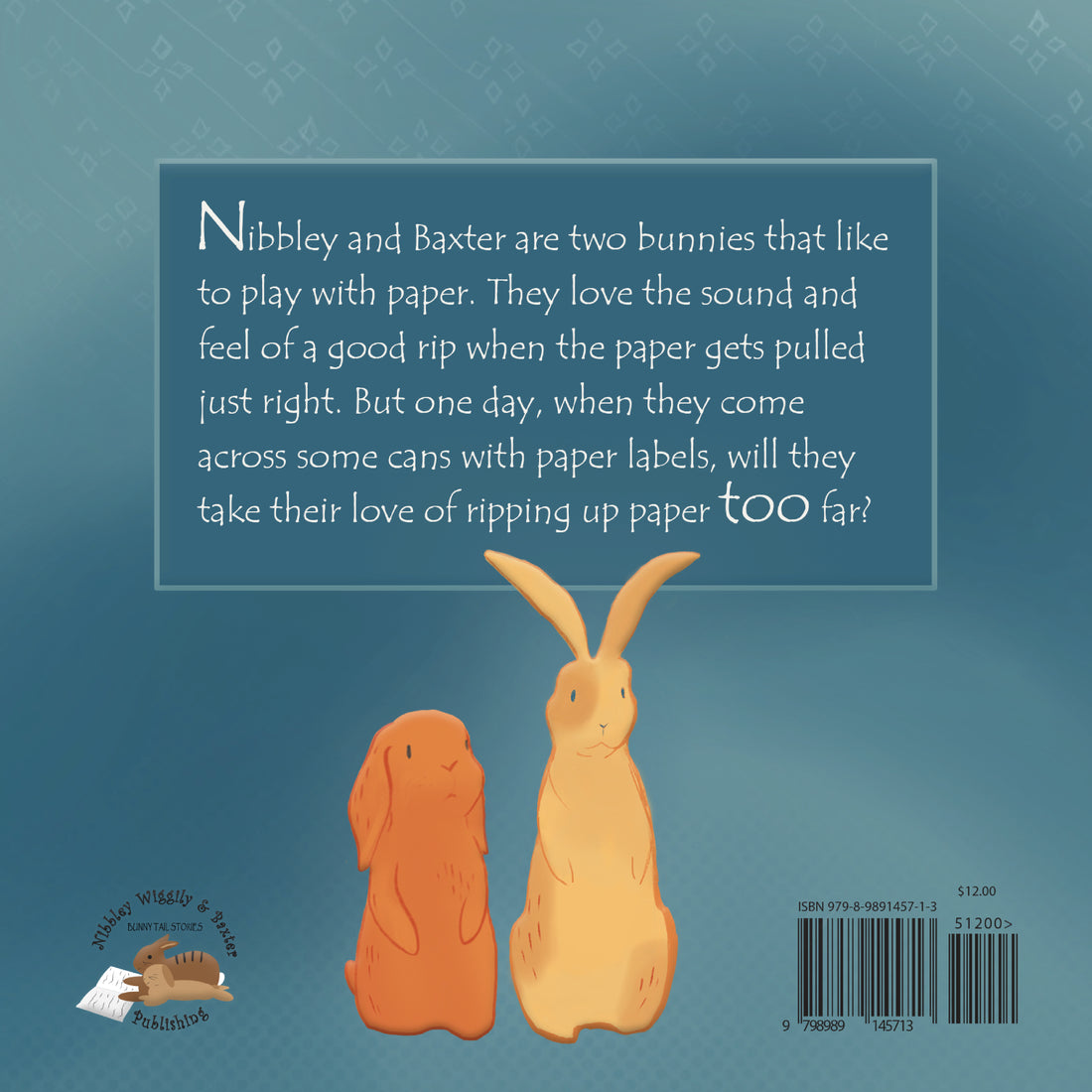
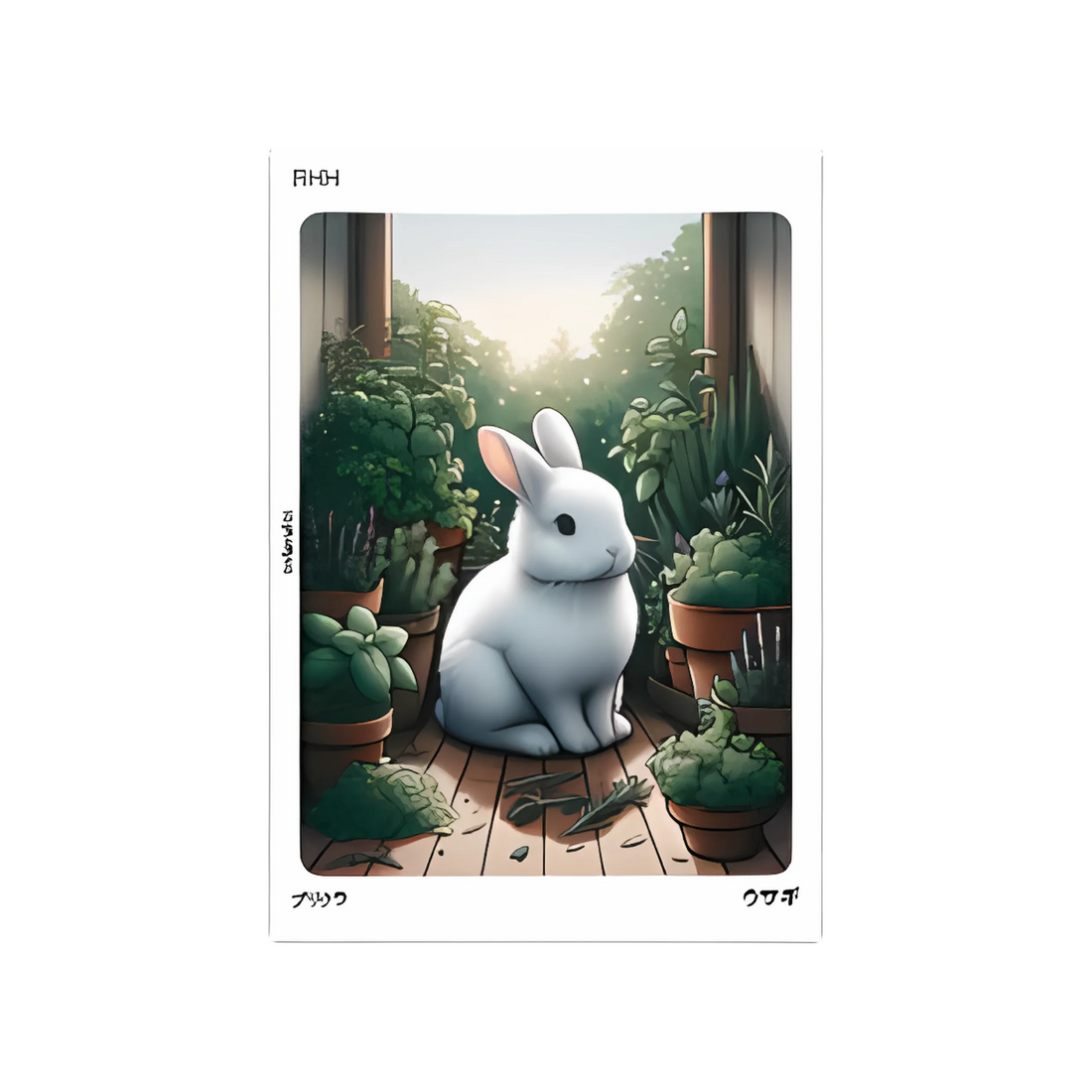

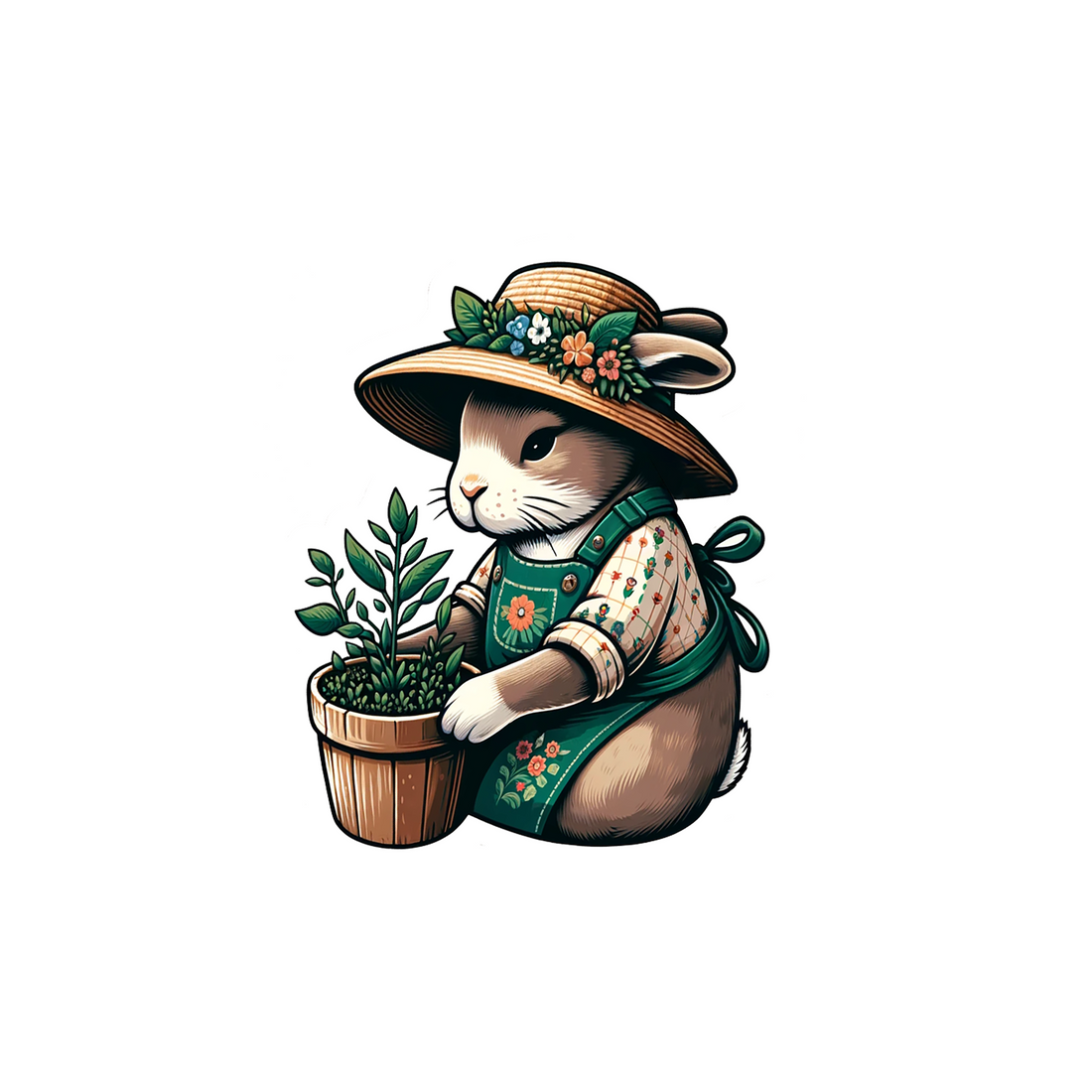
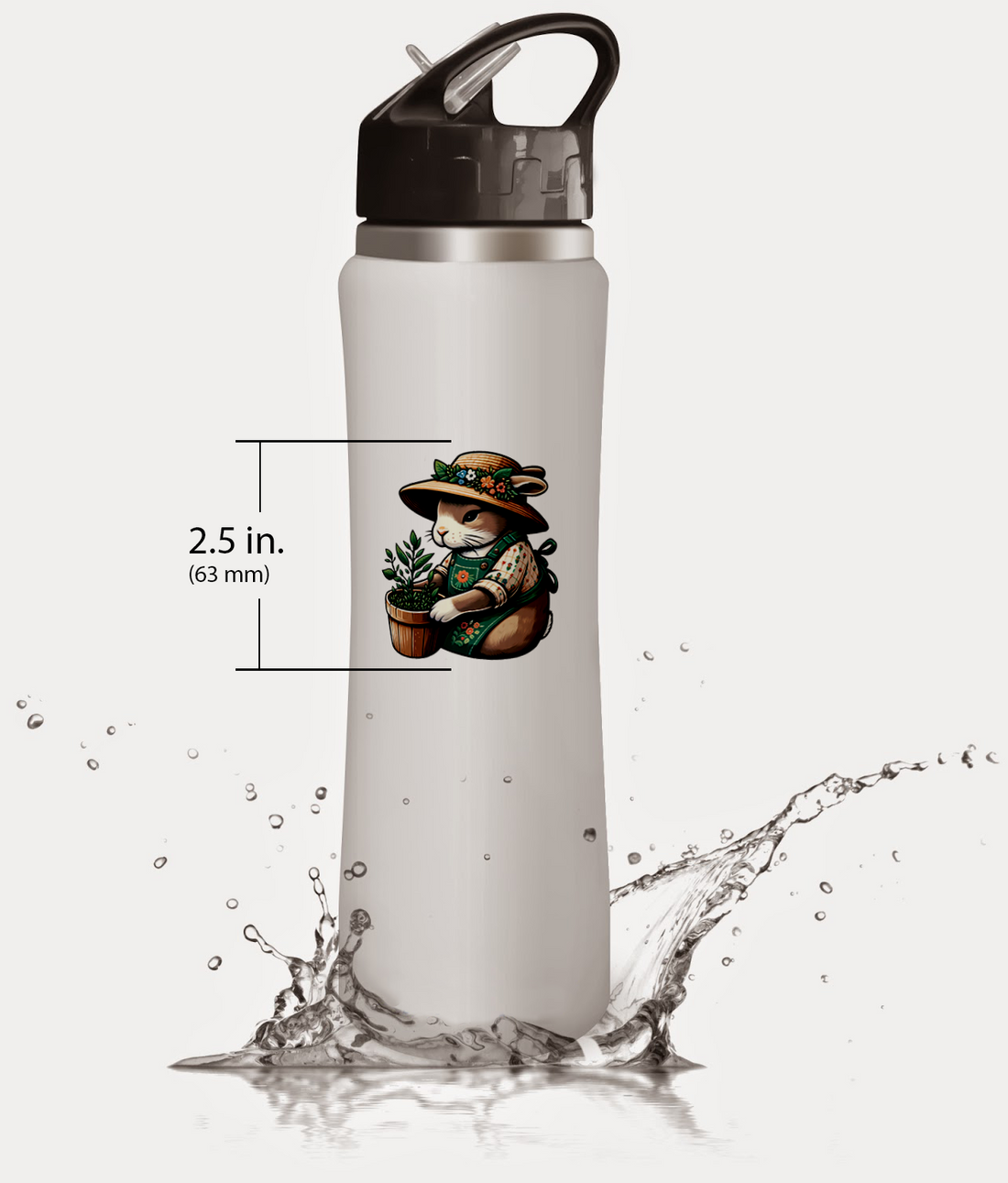






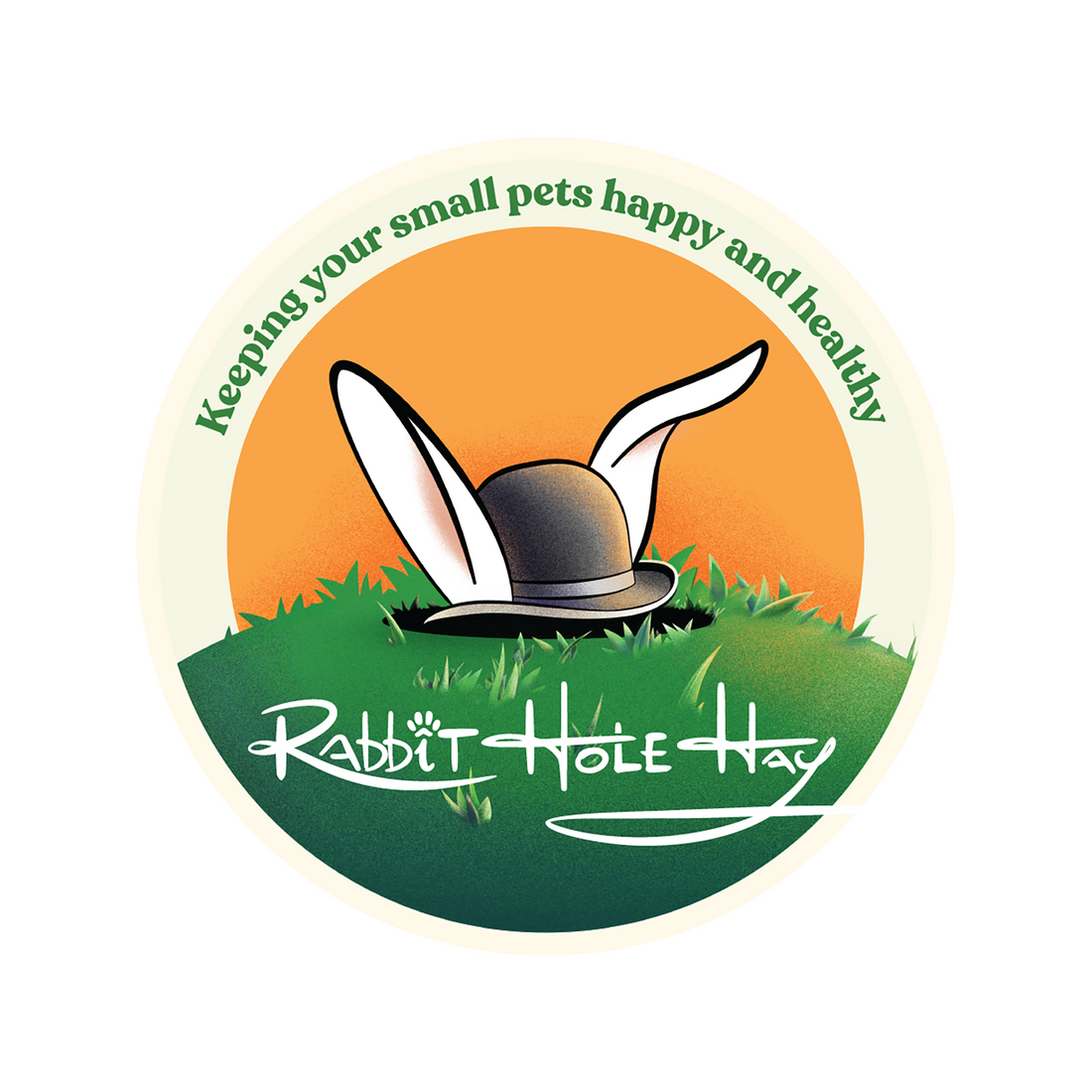
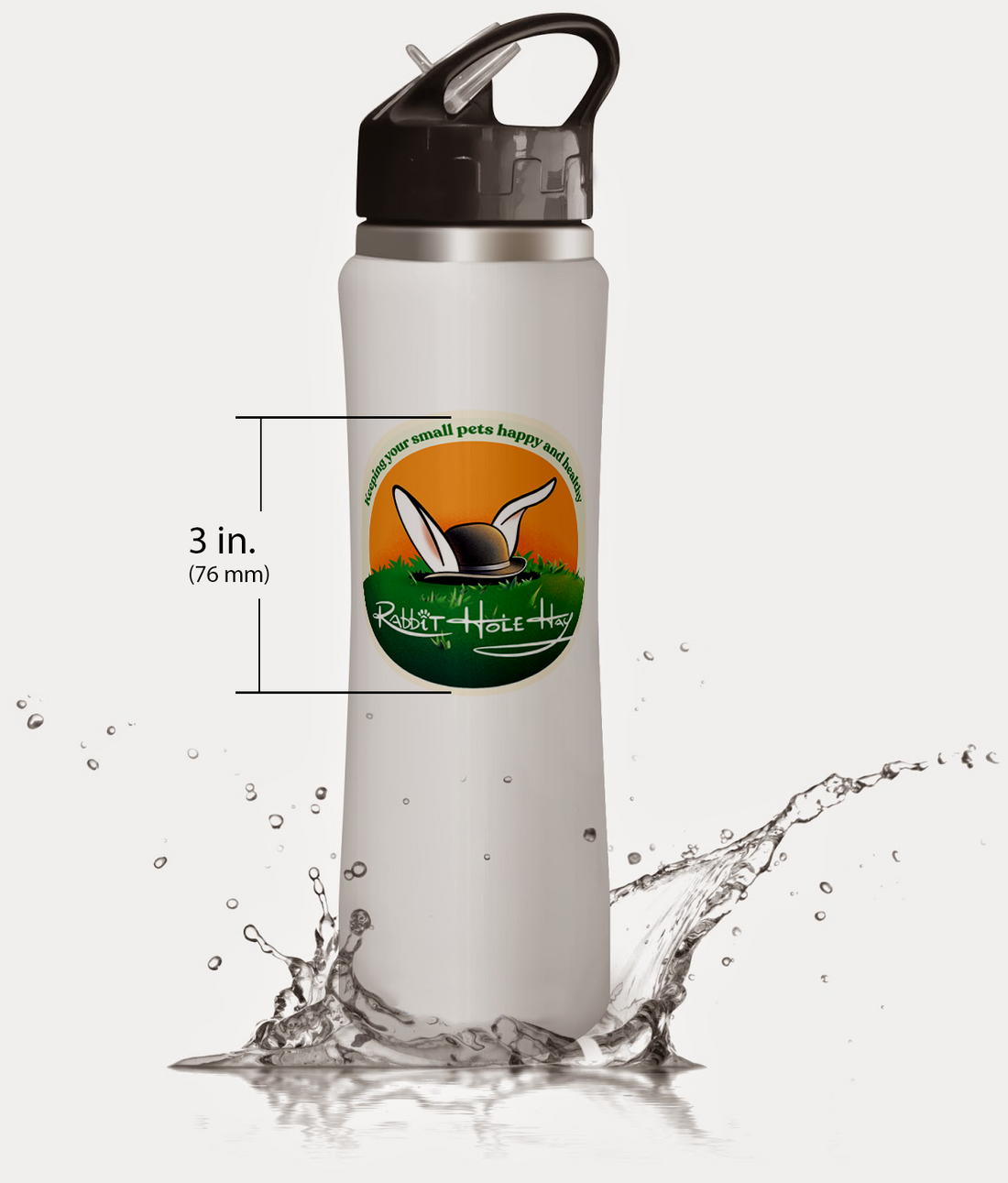









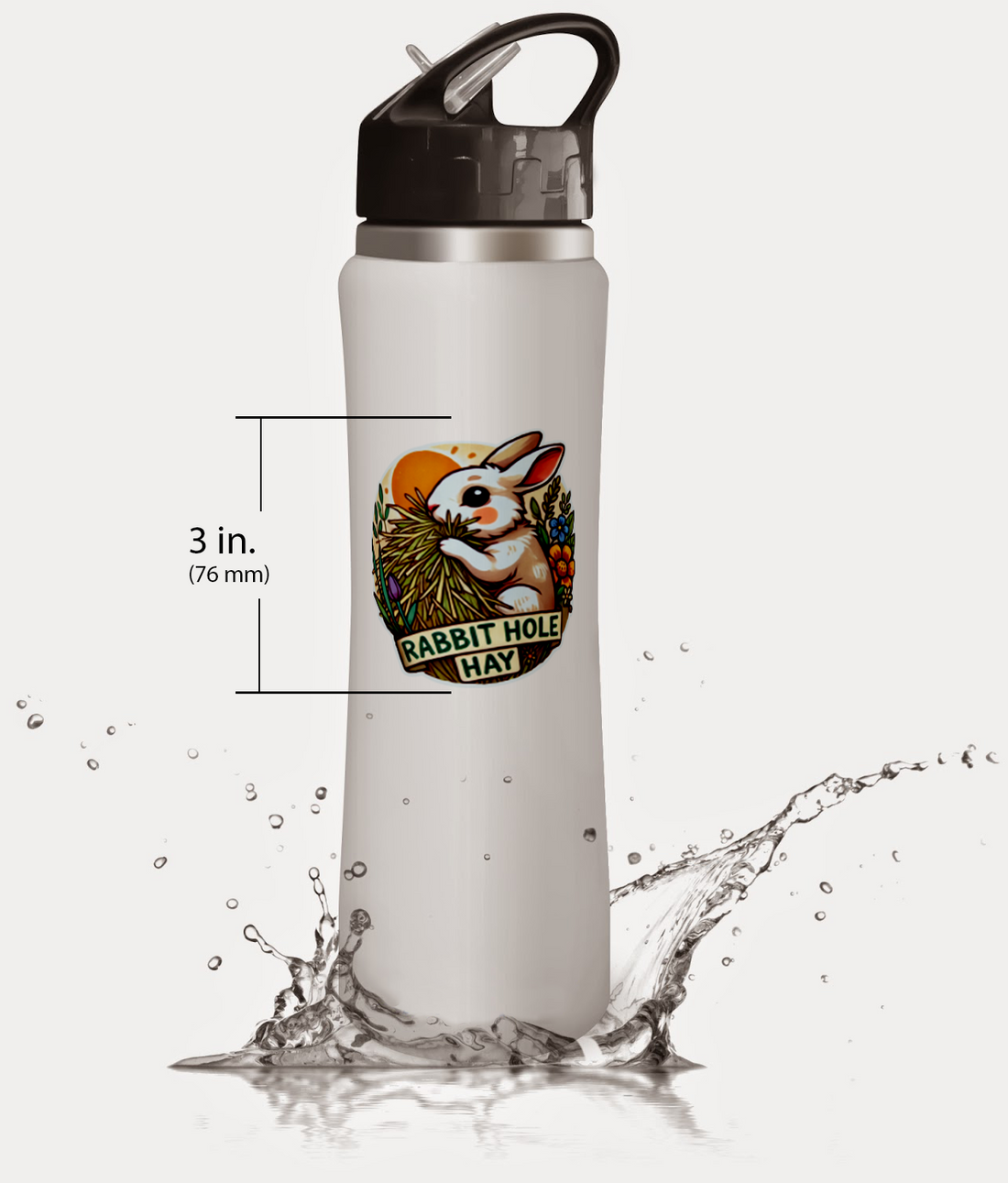
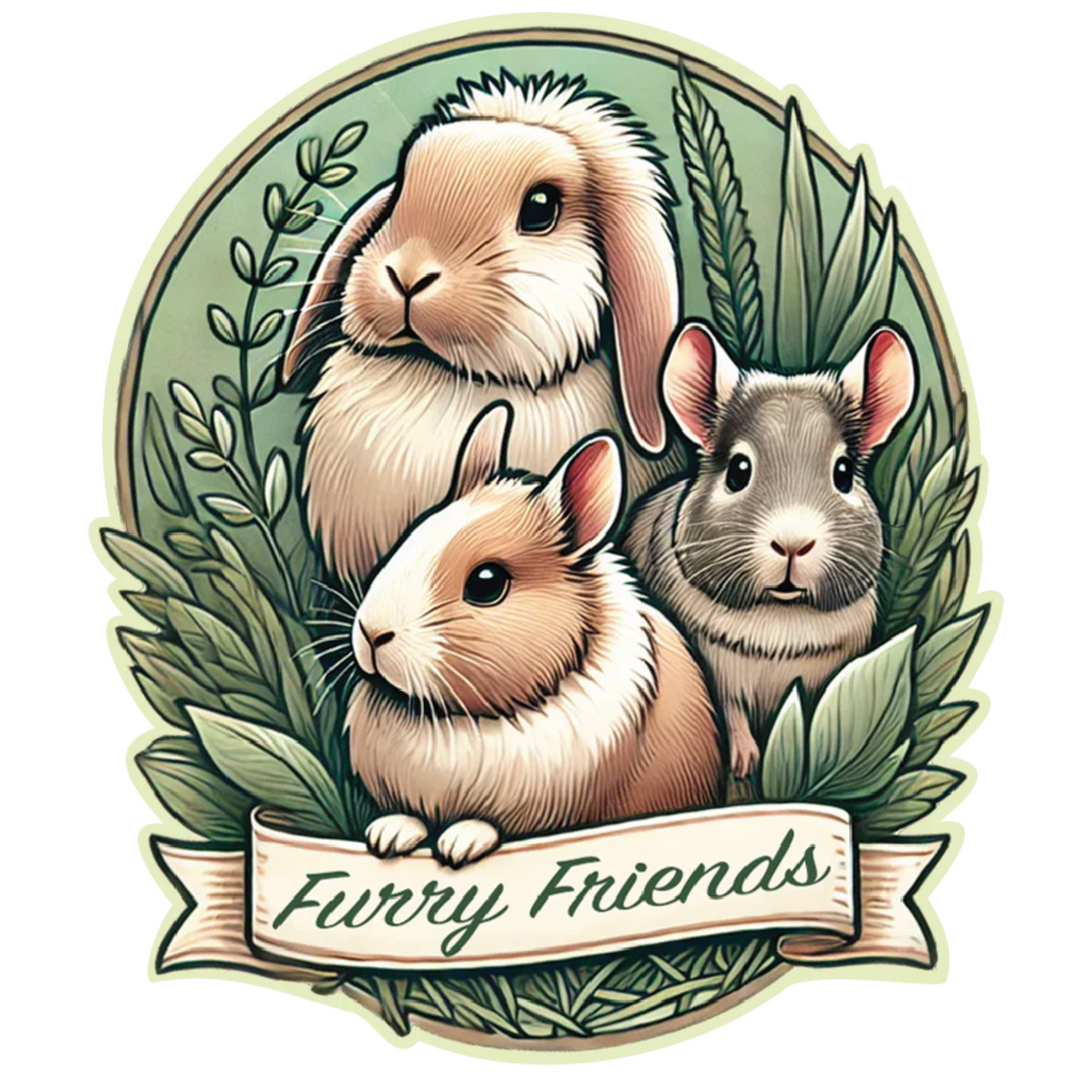
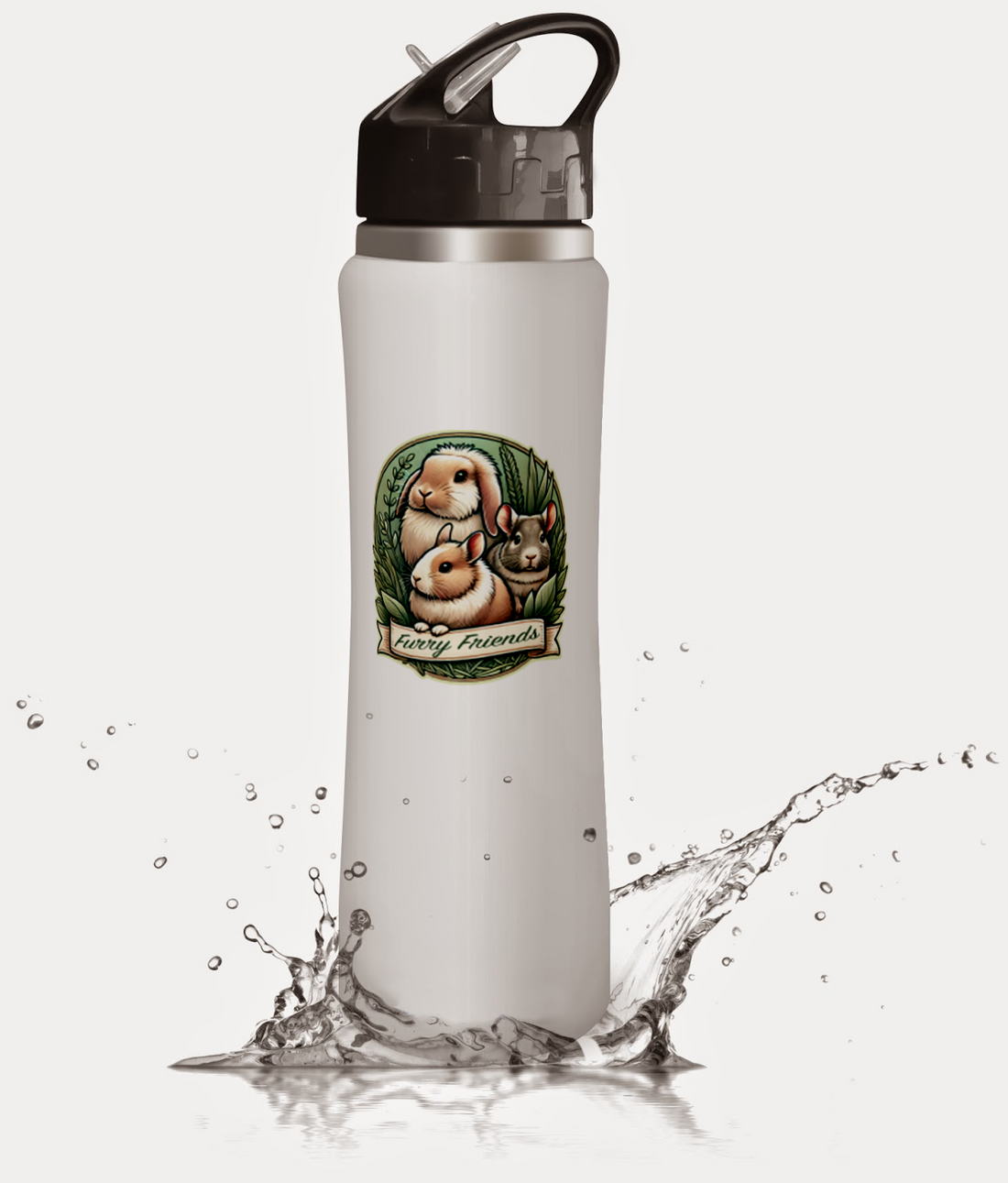

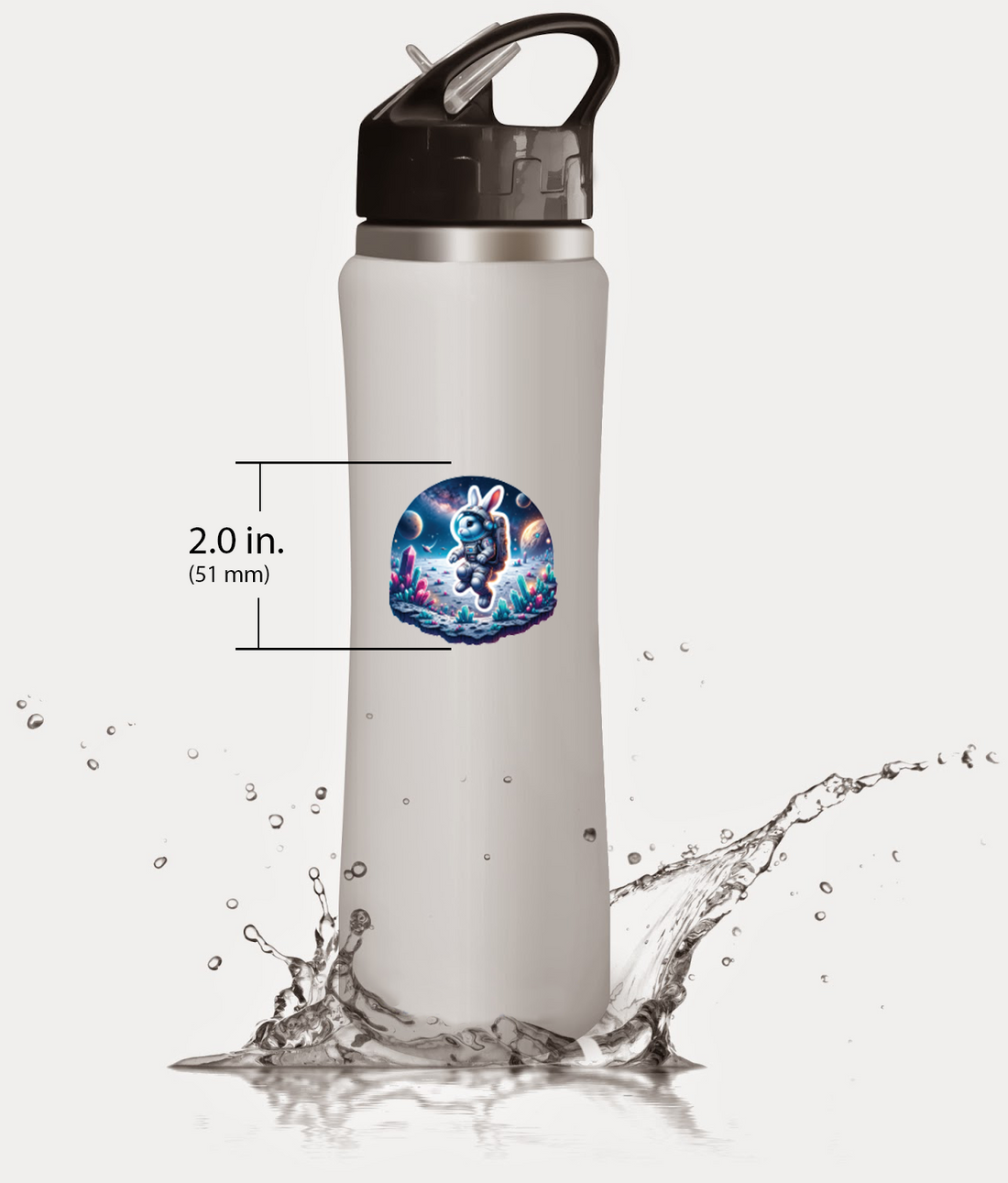



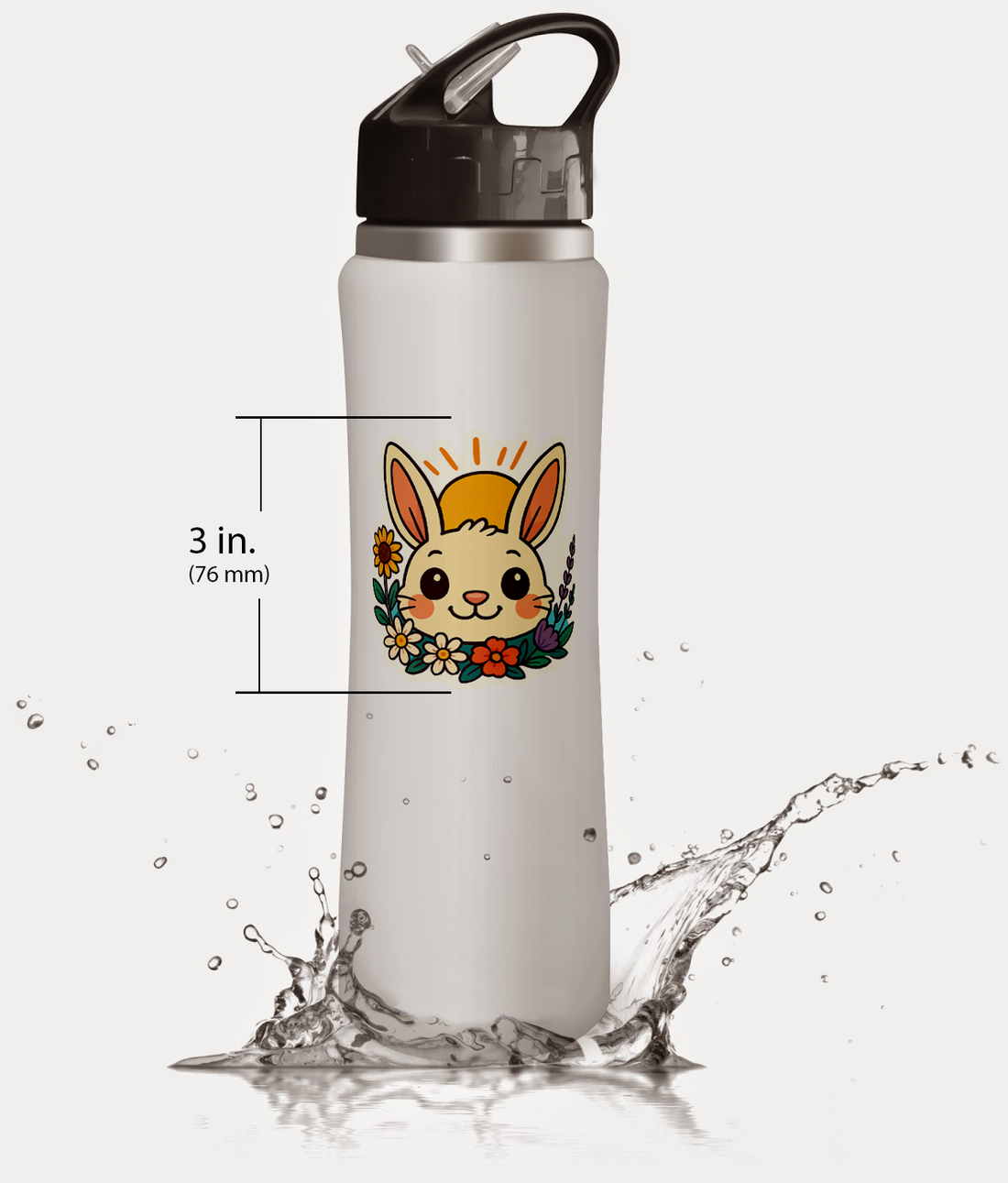






Comments